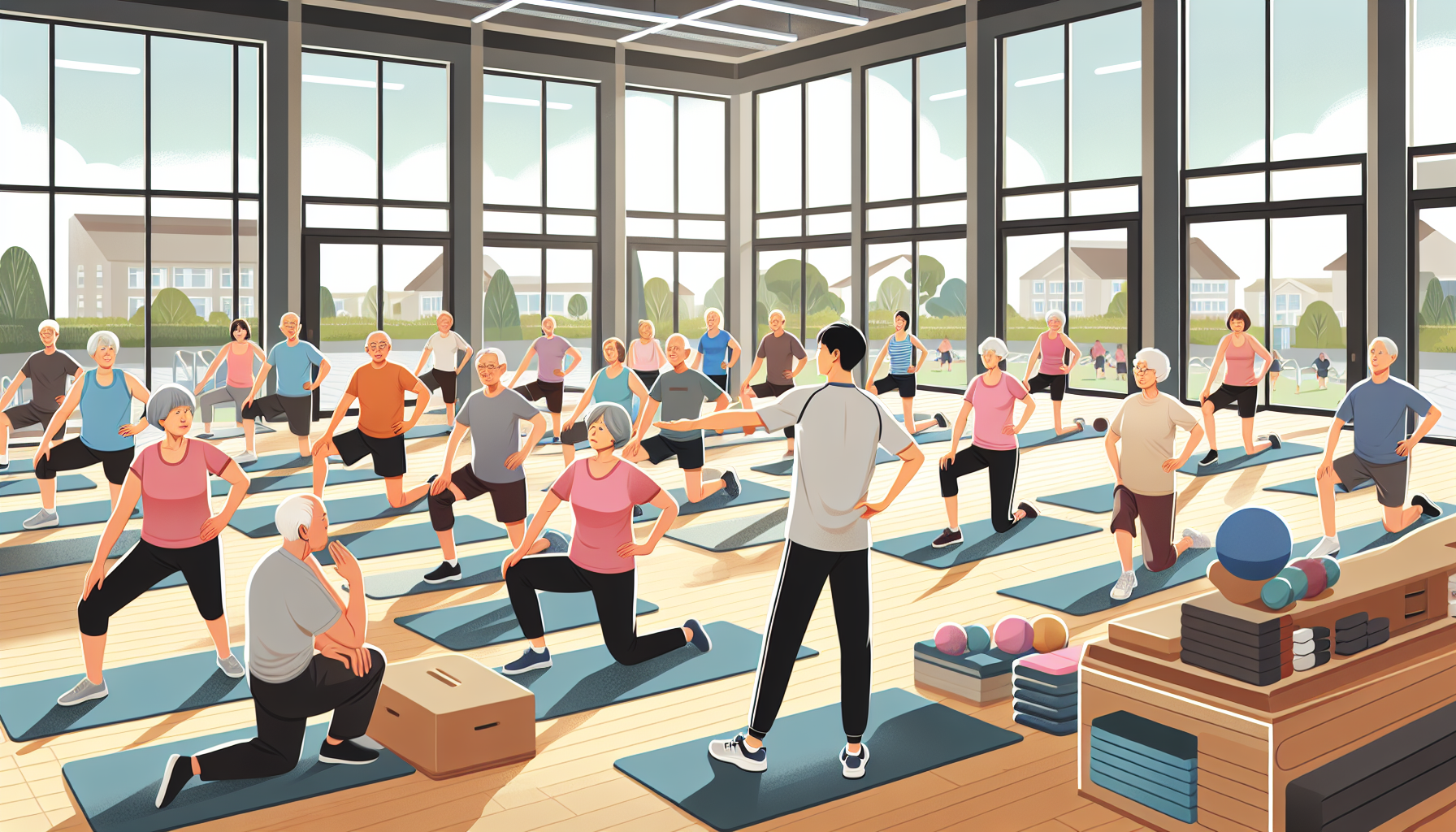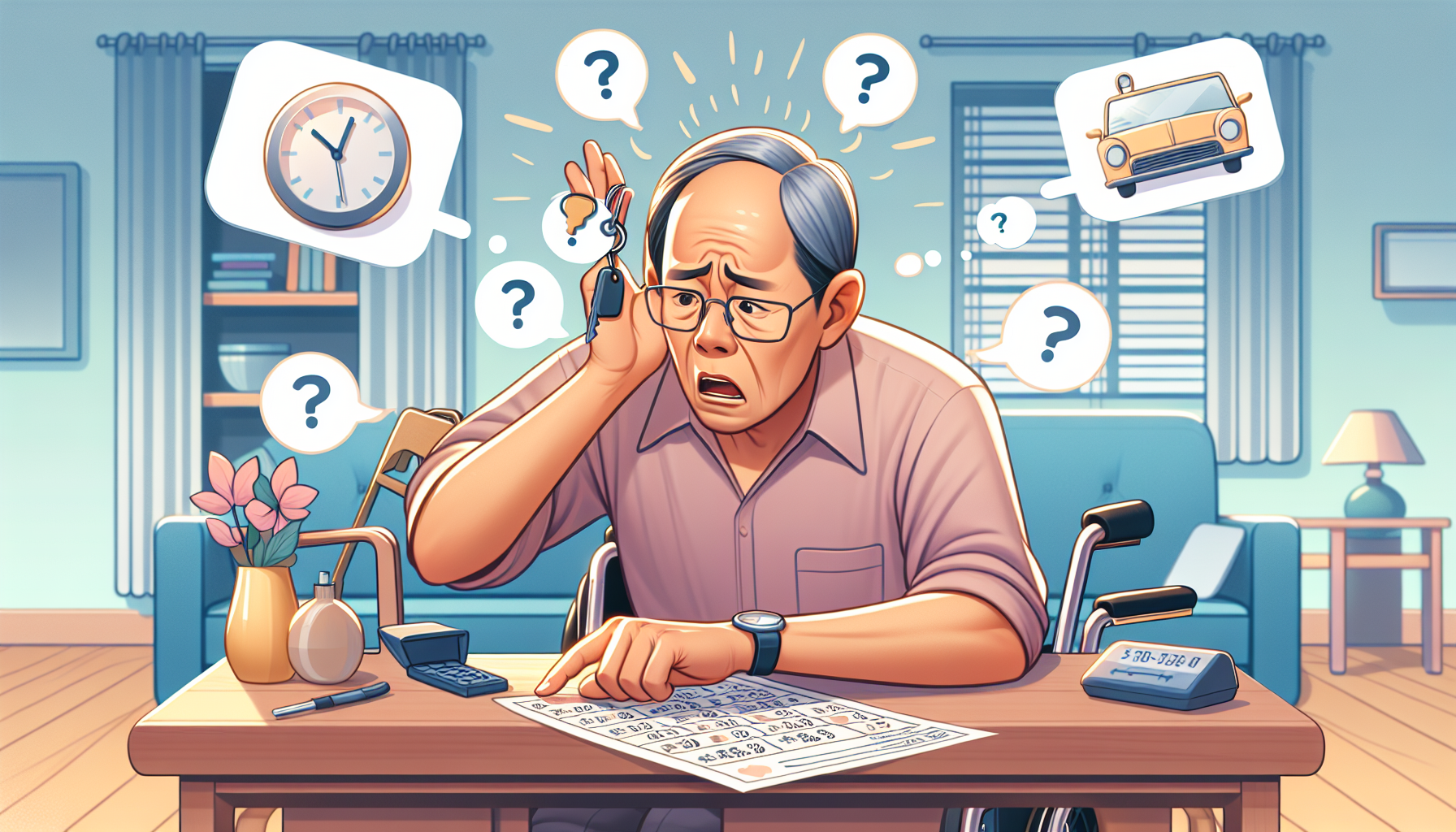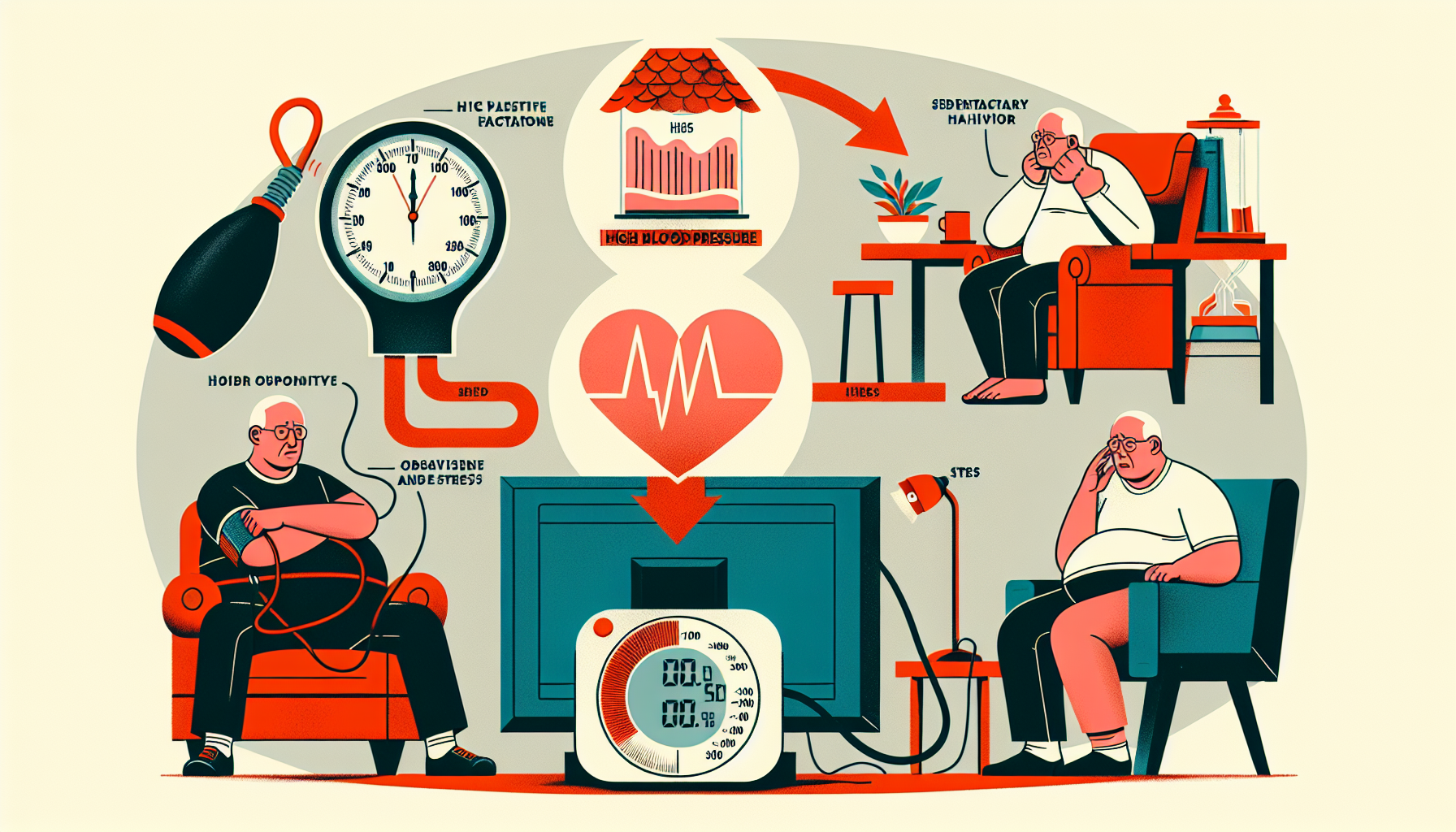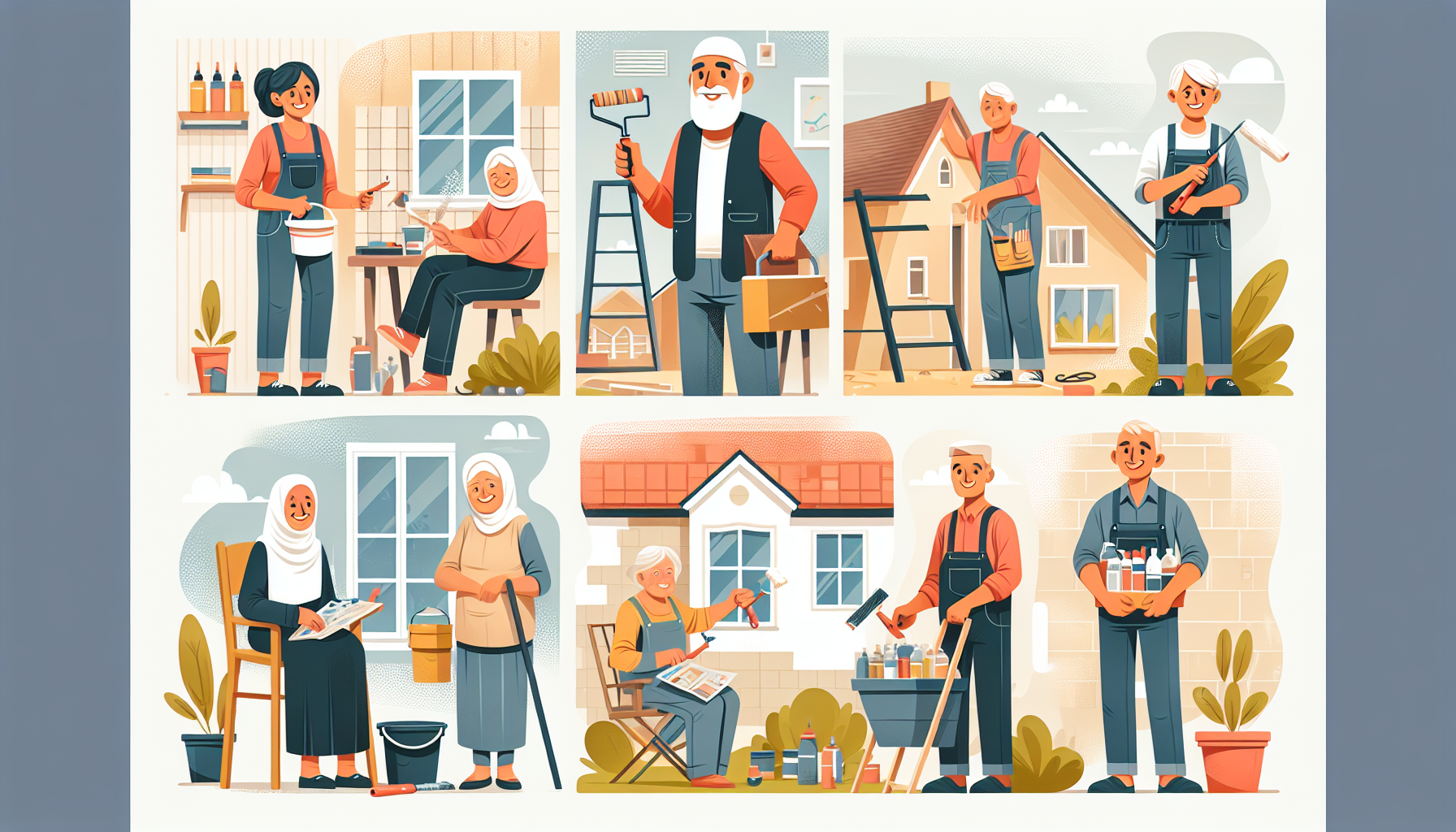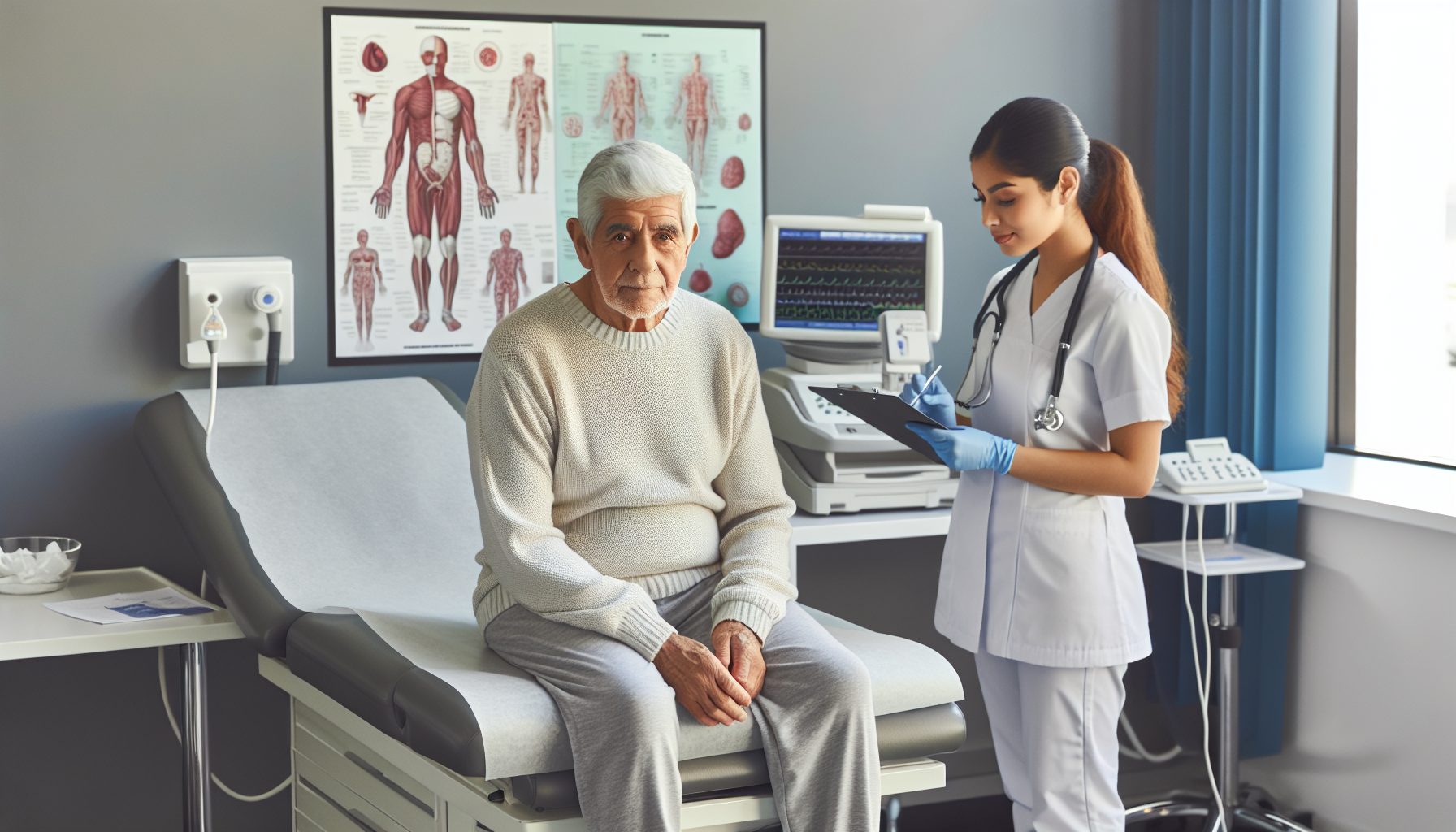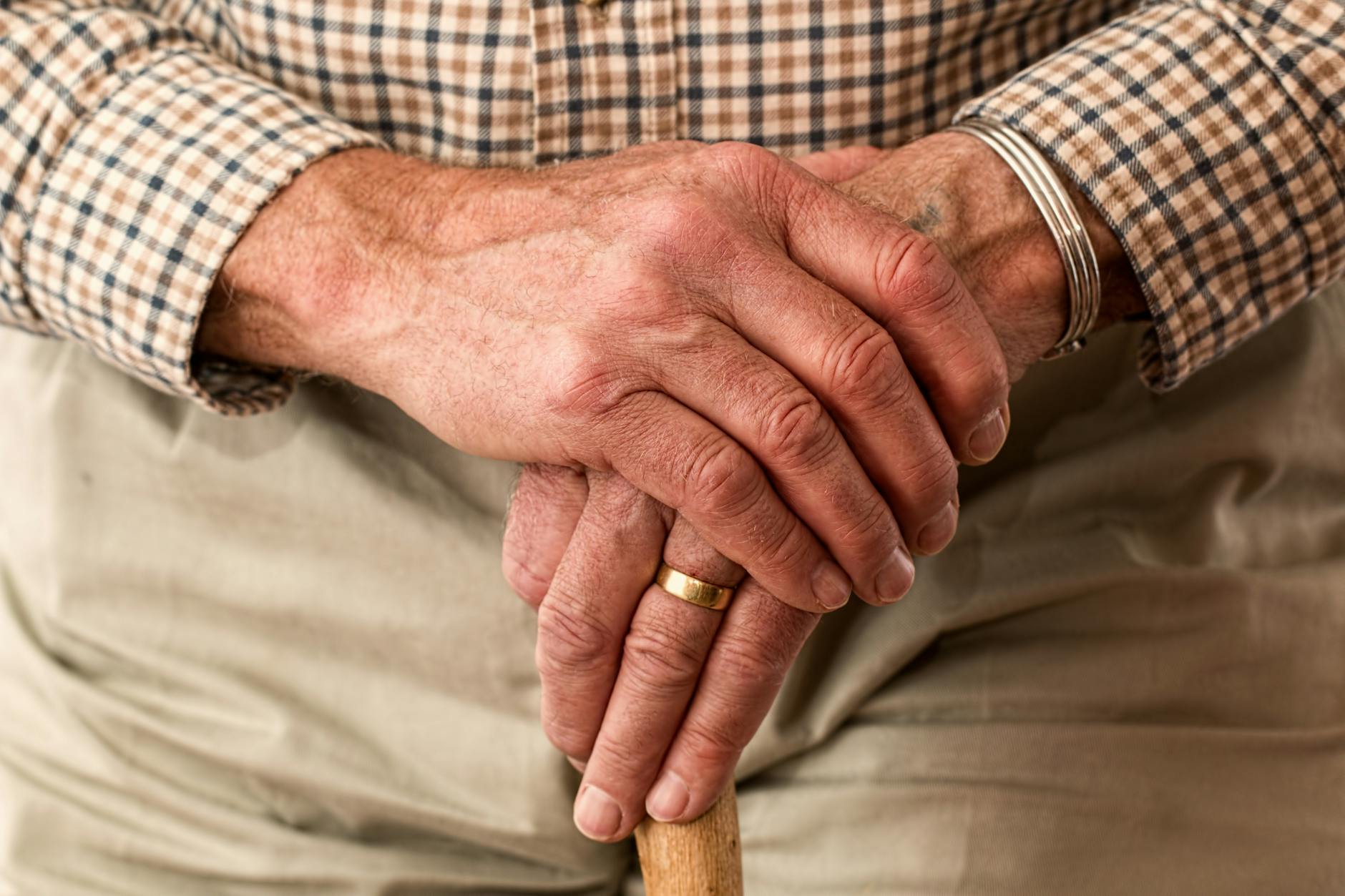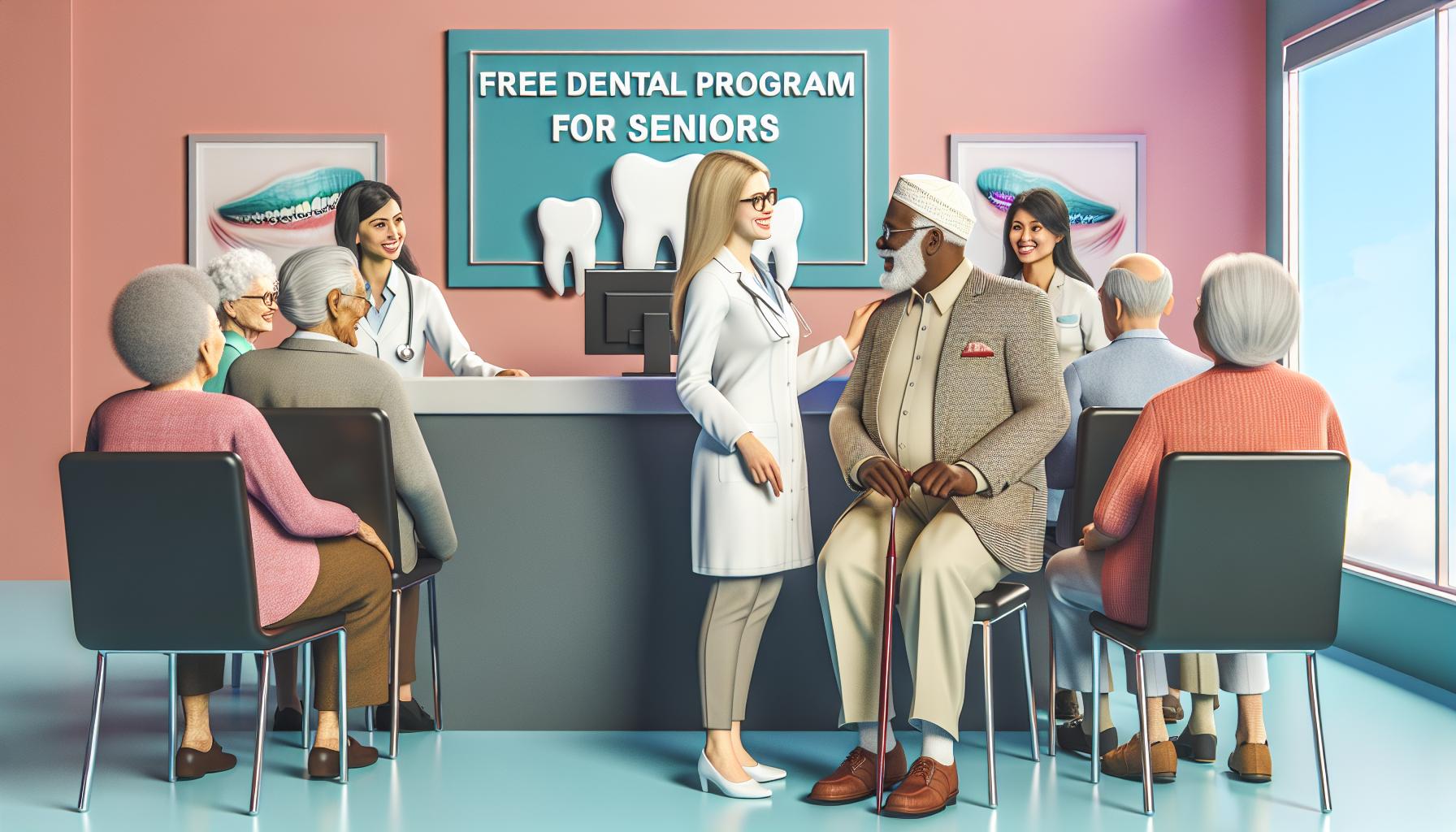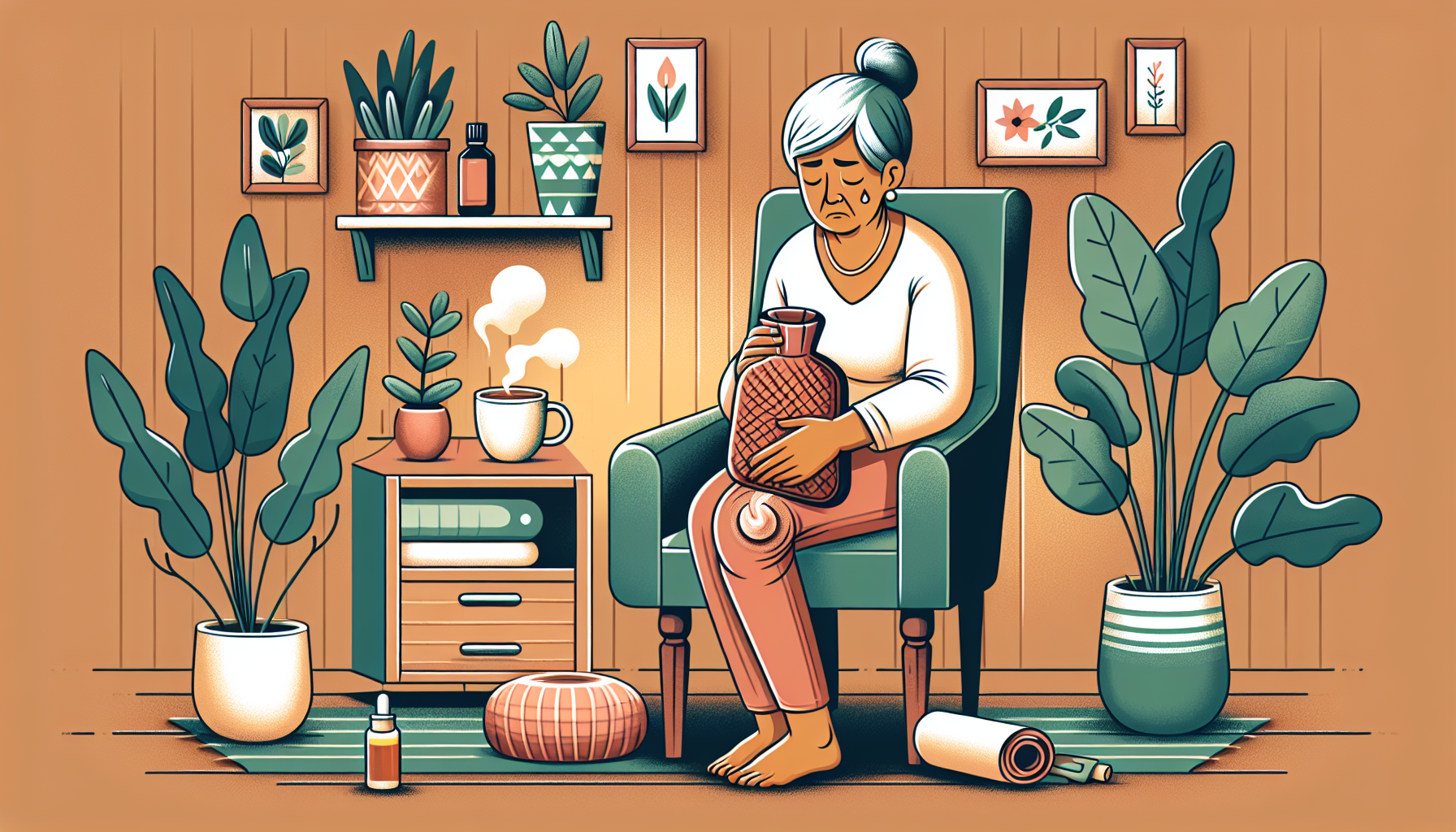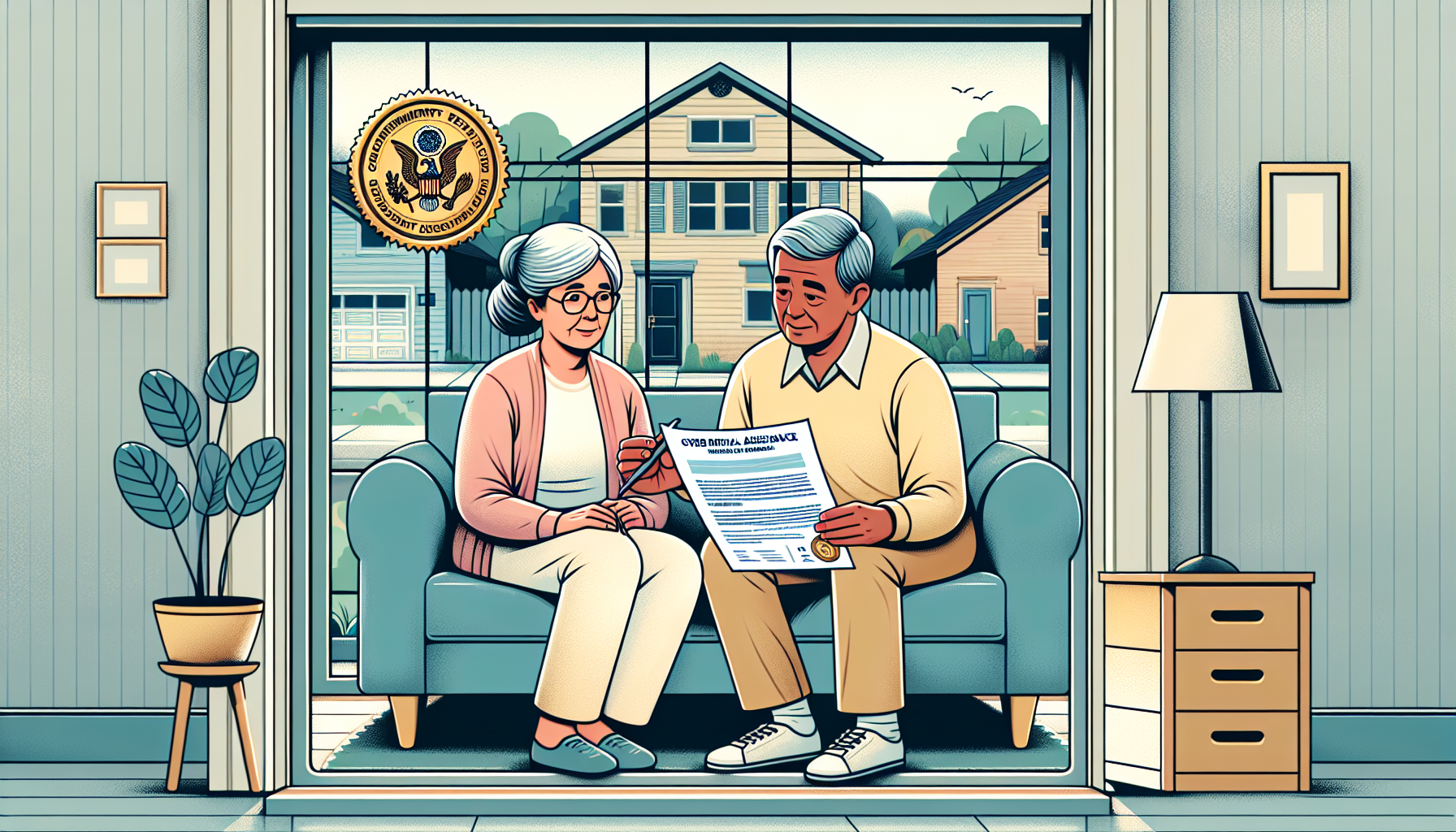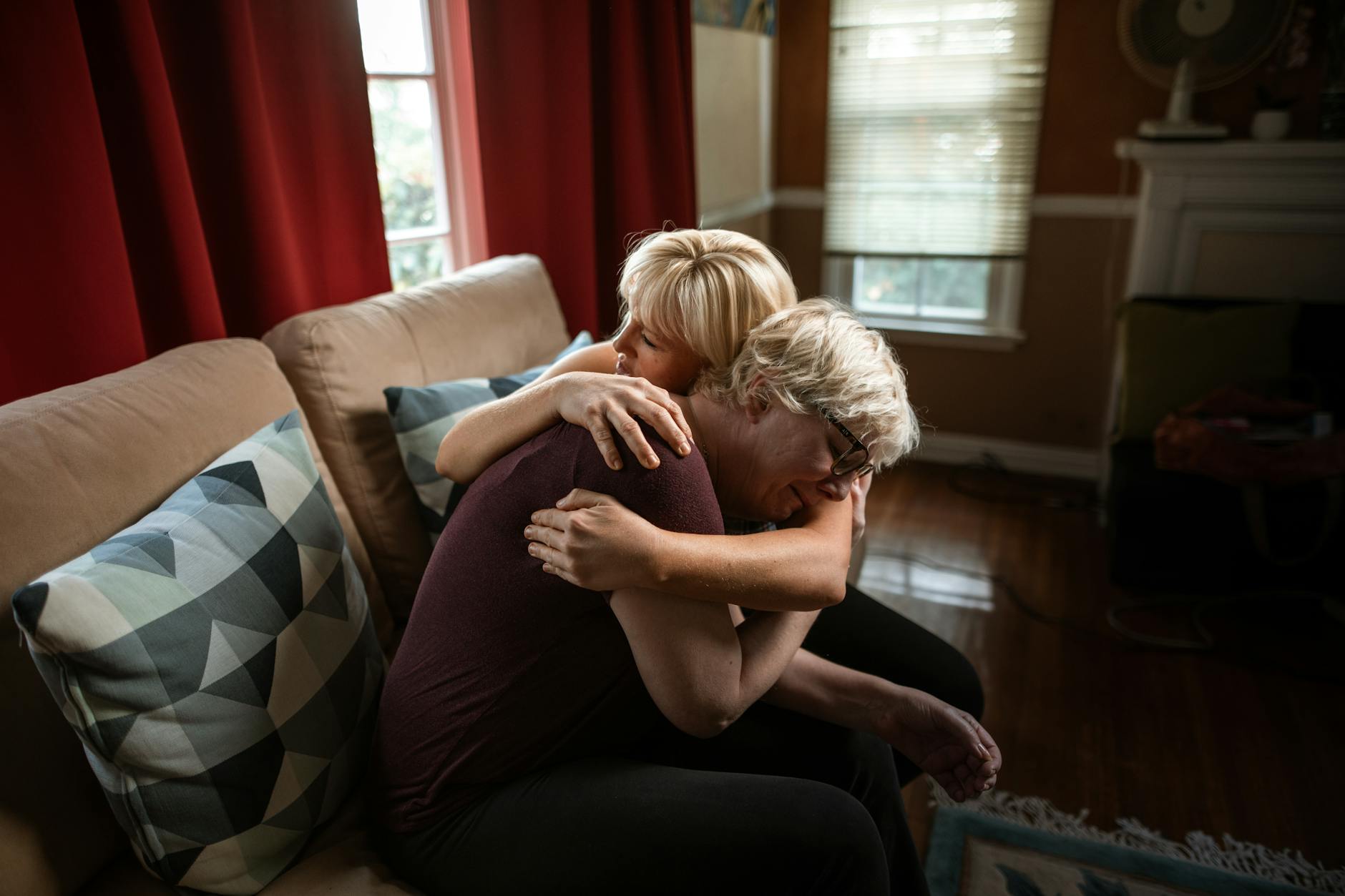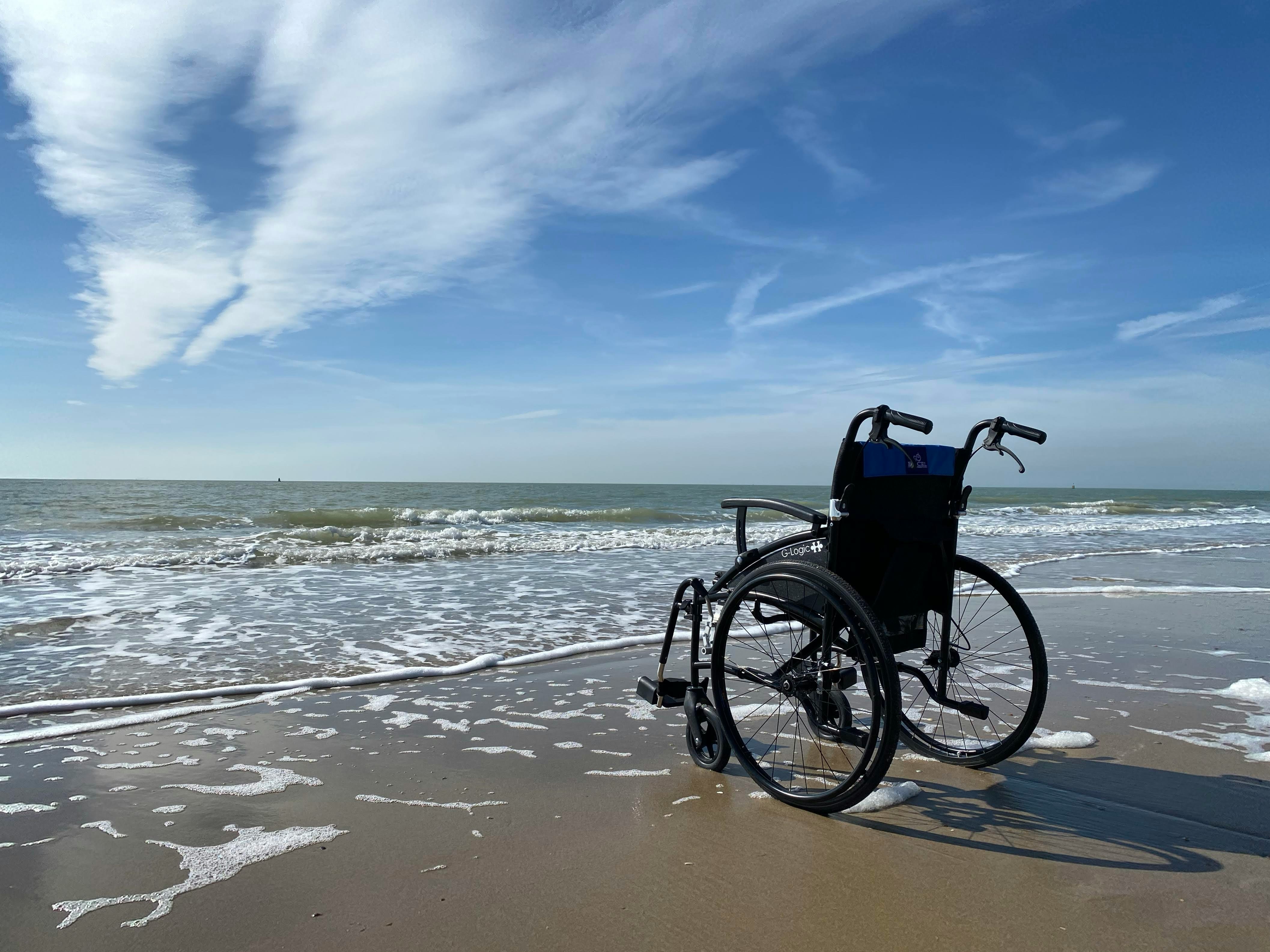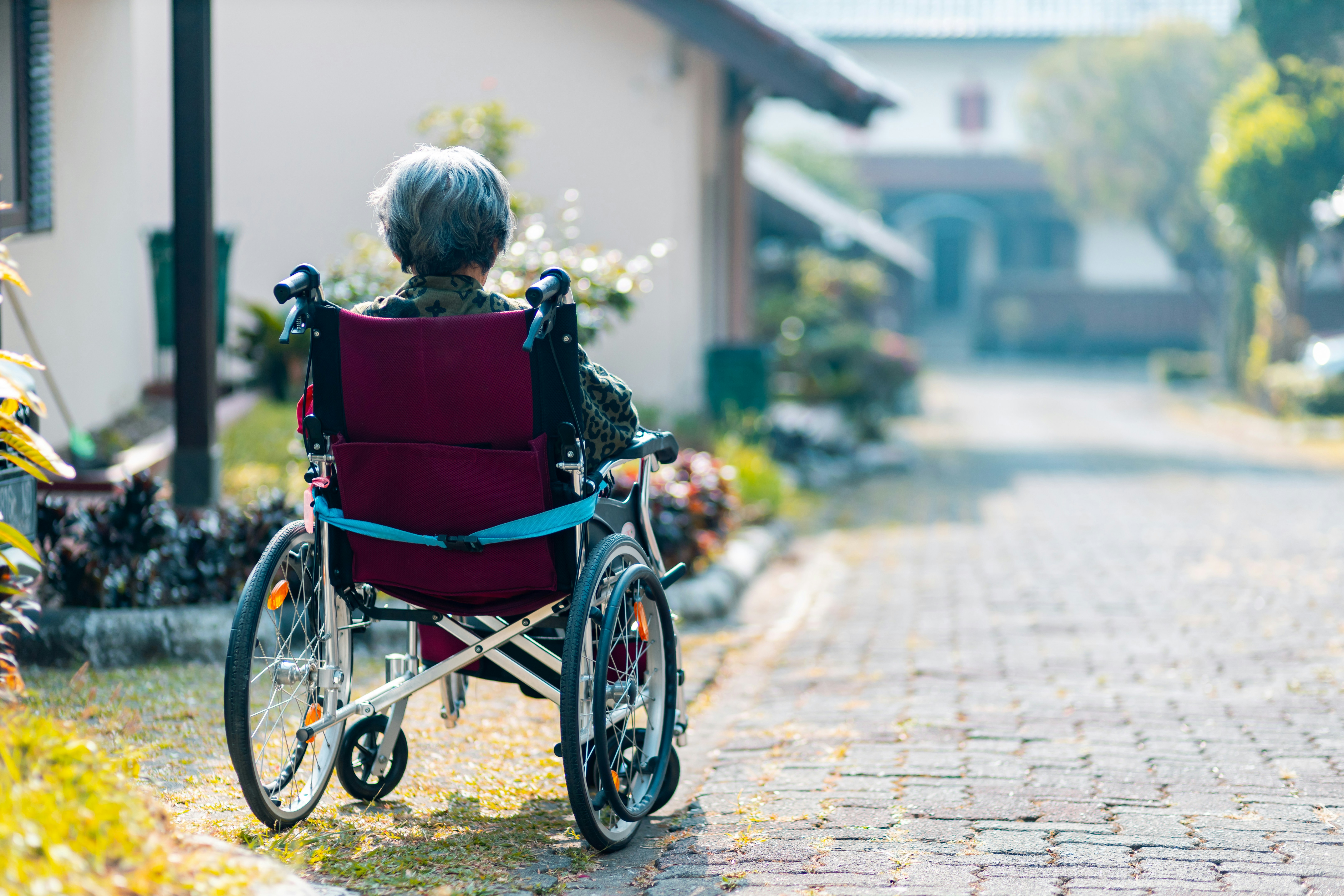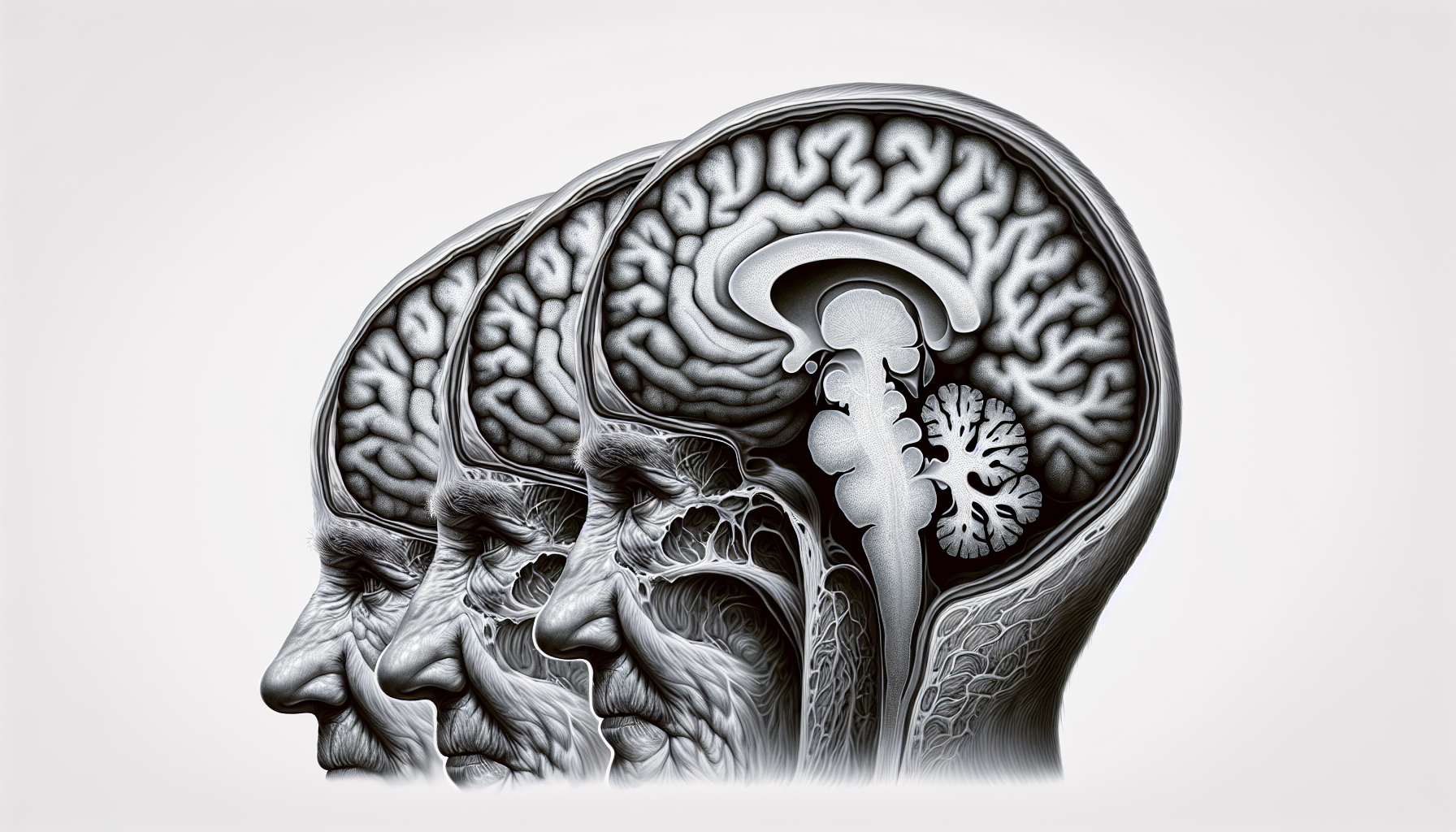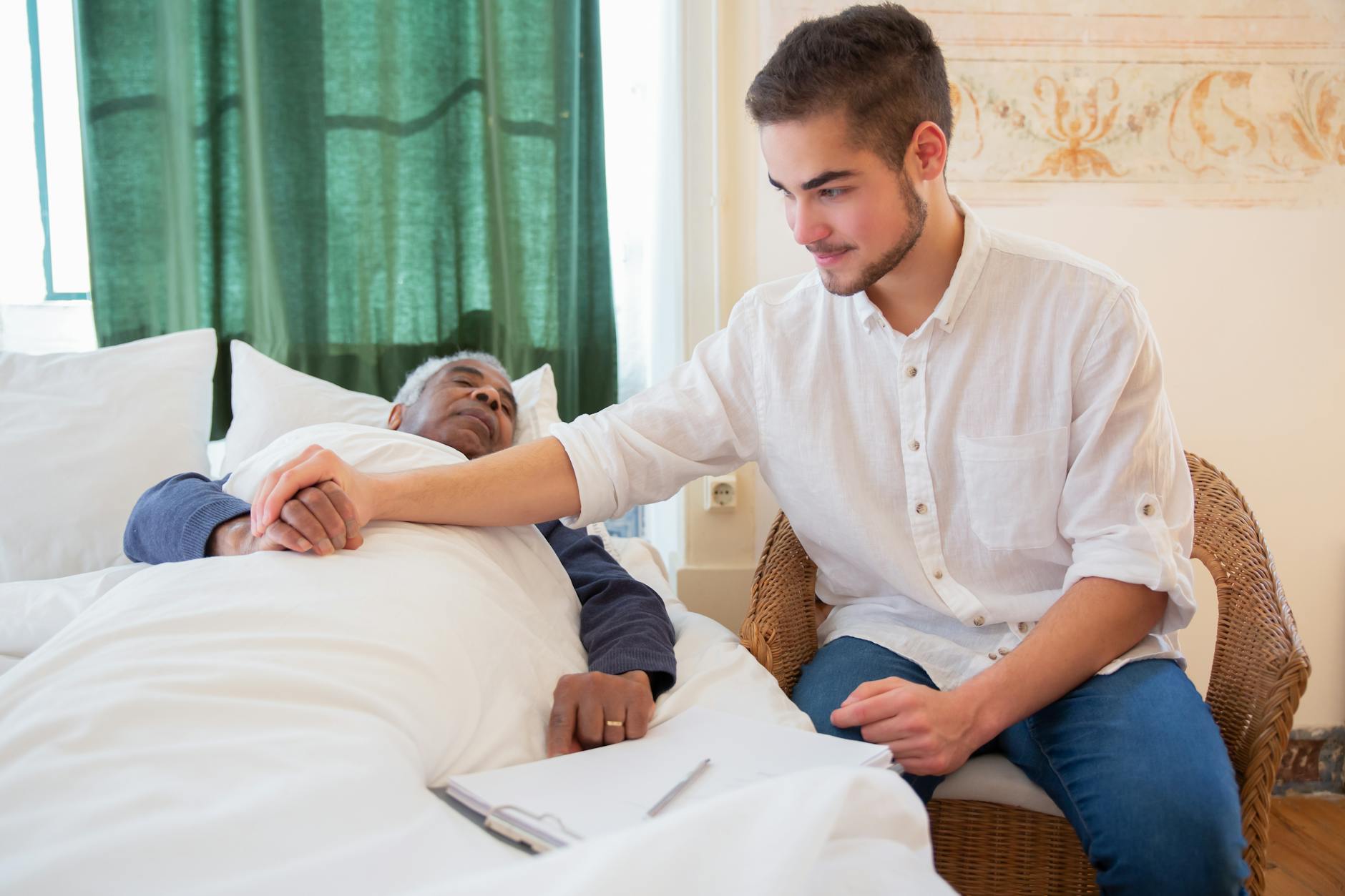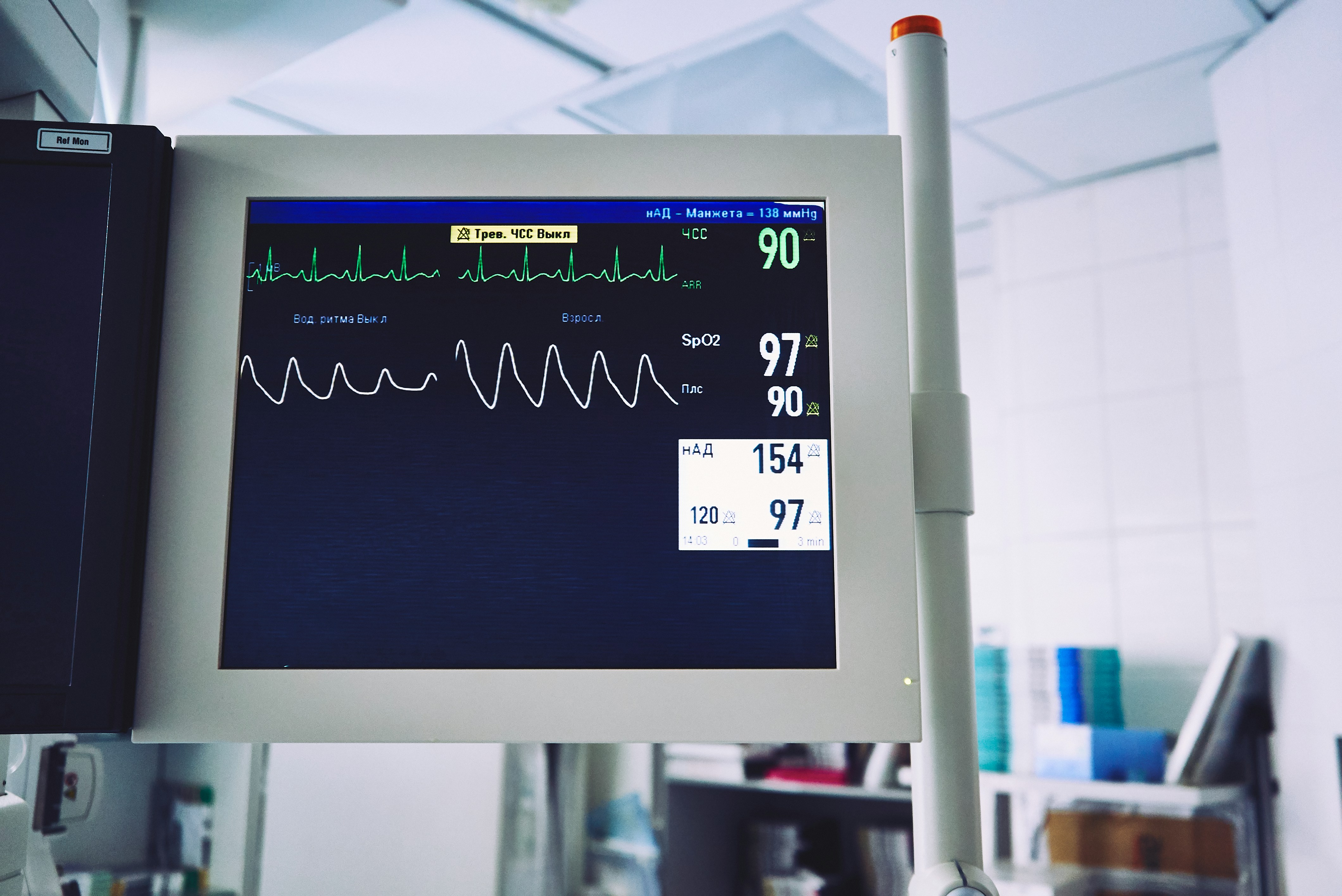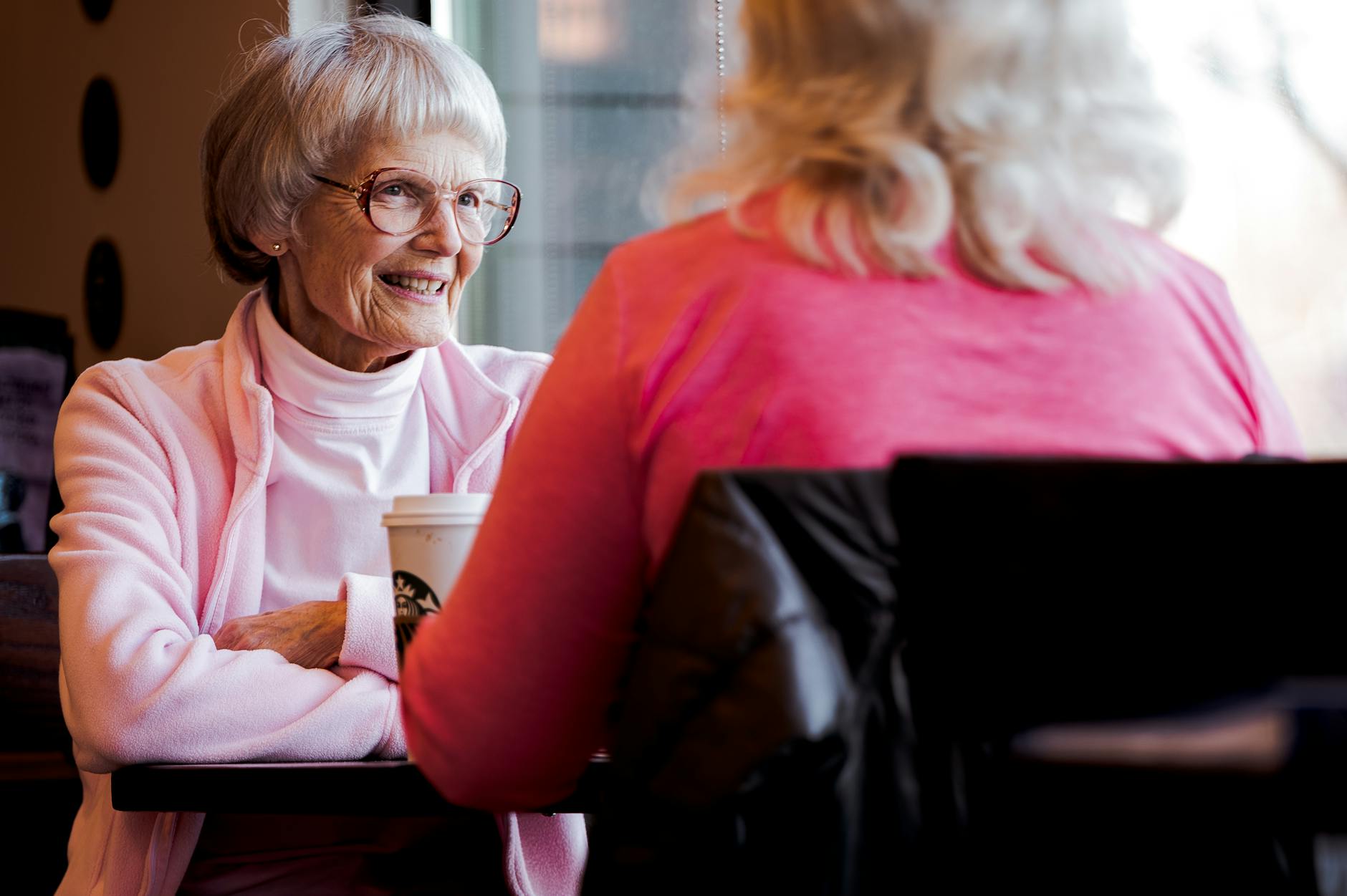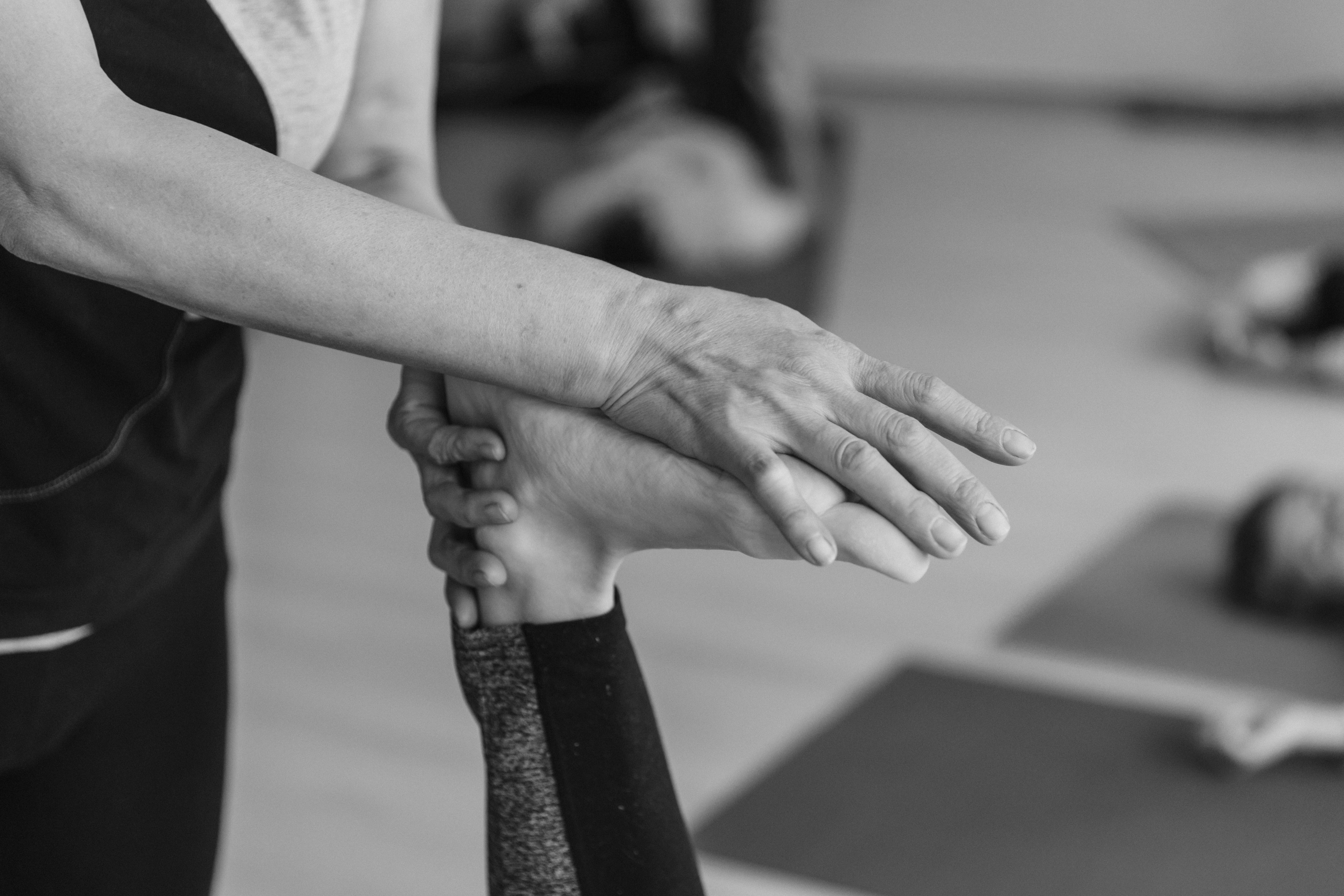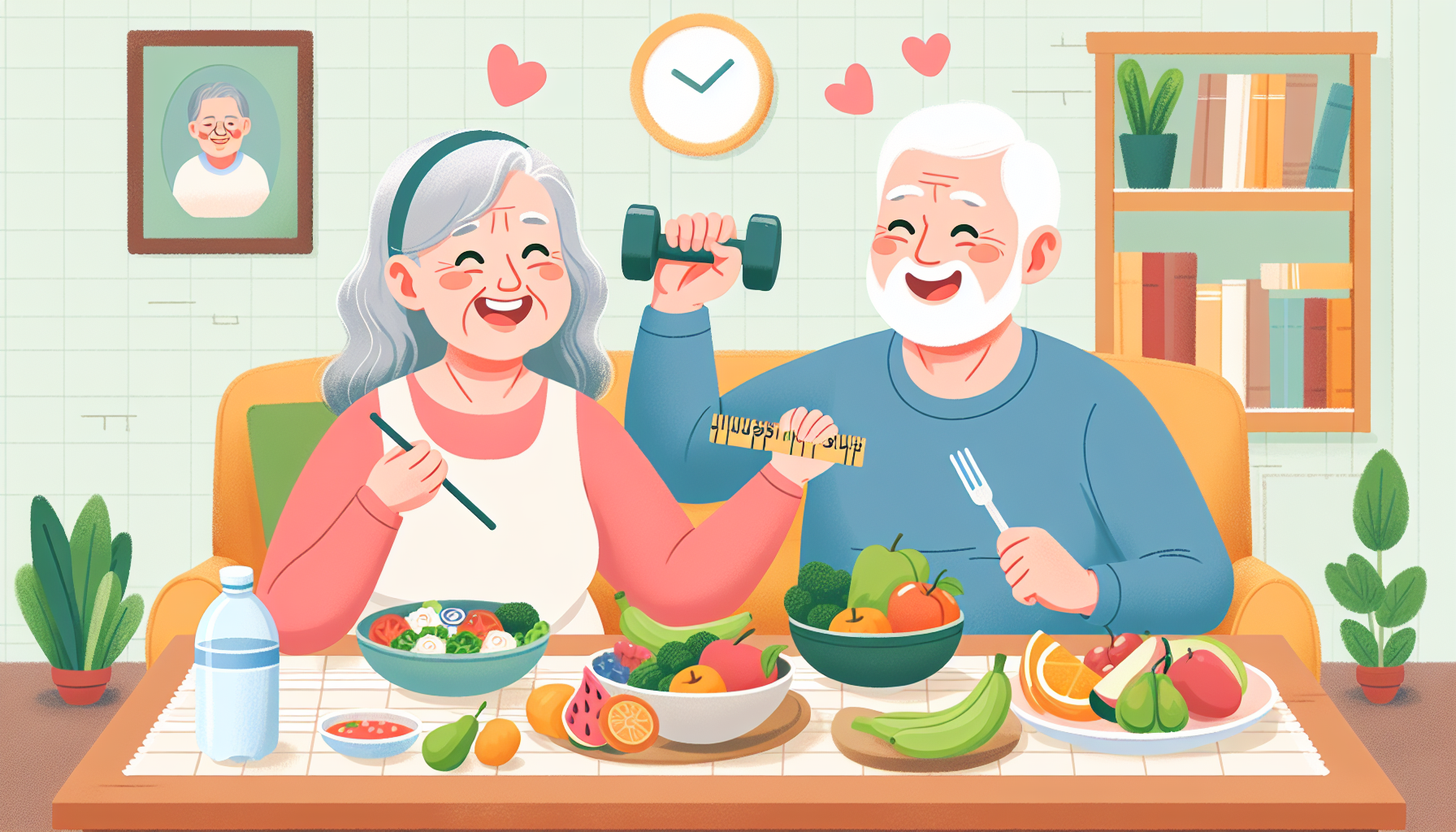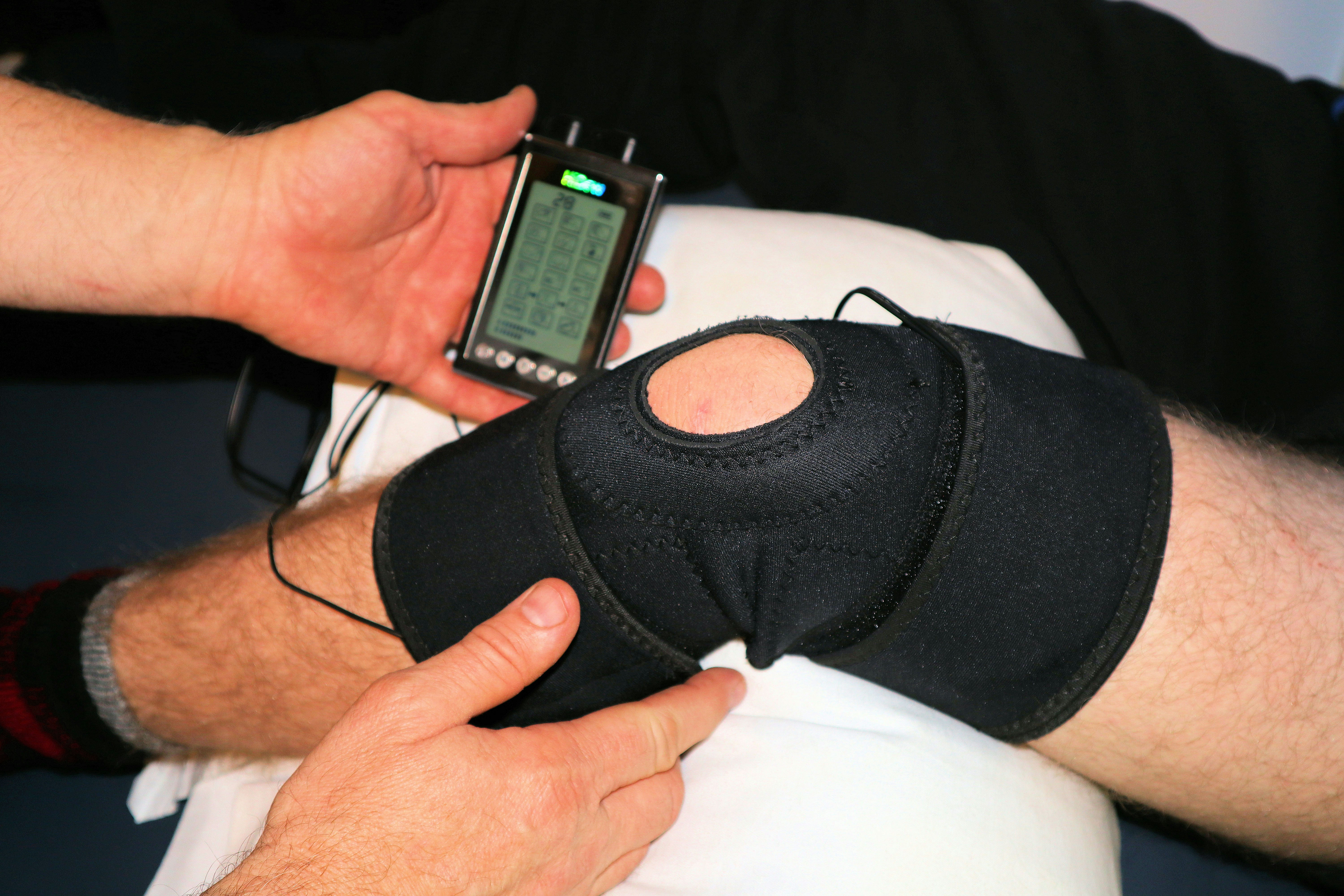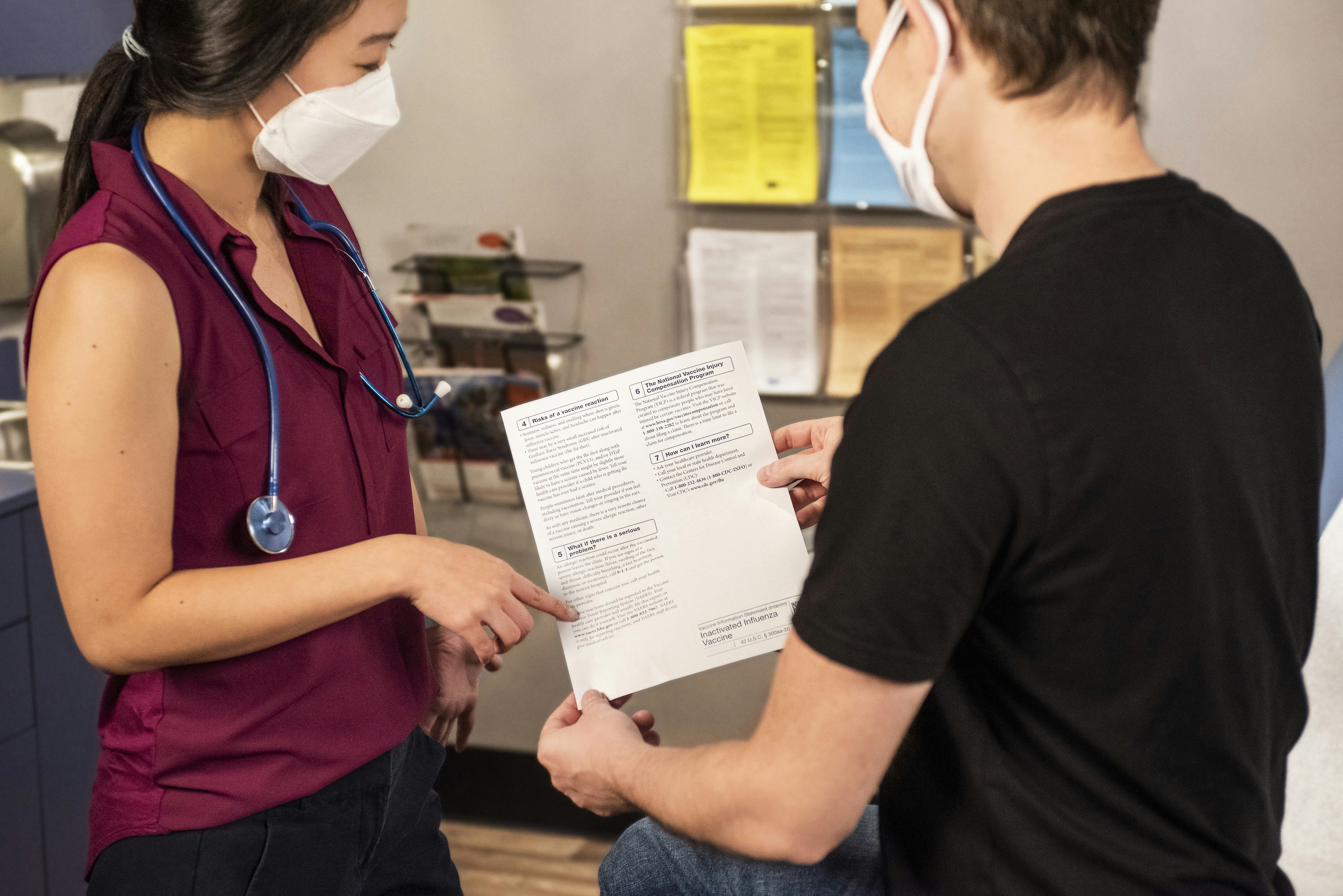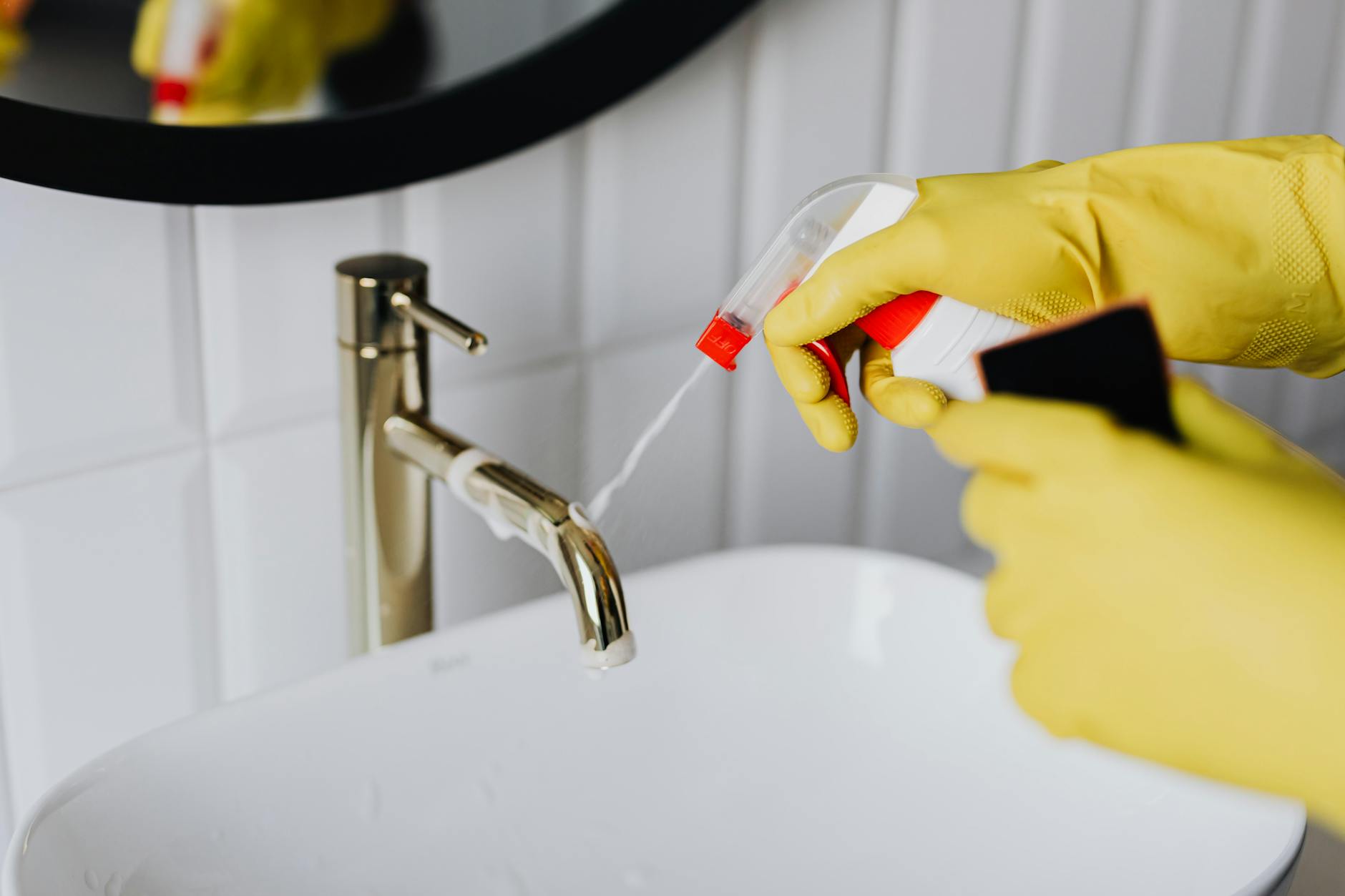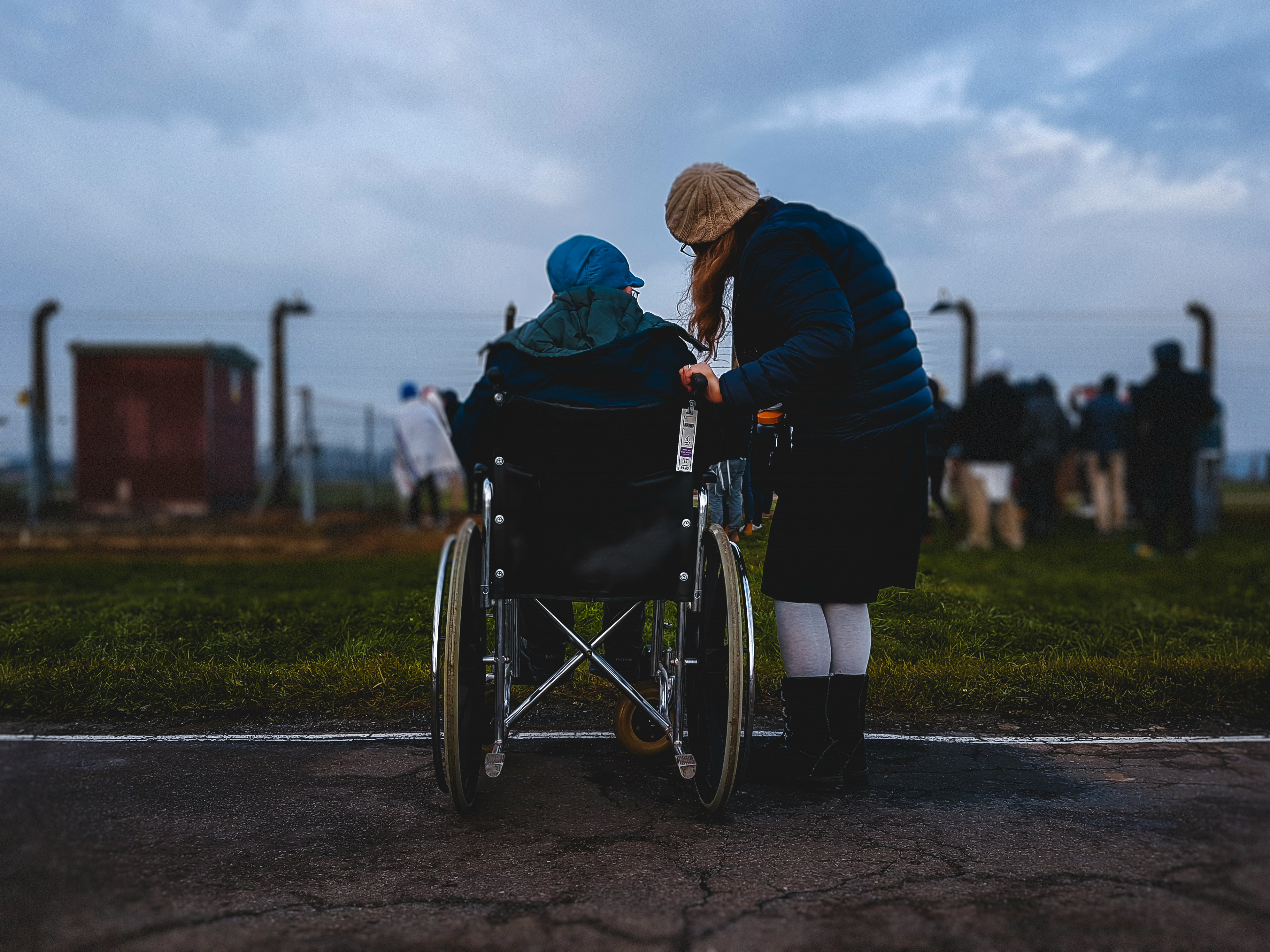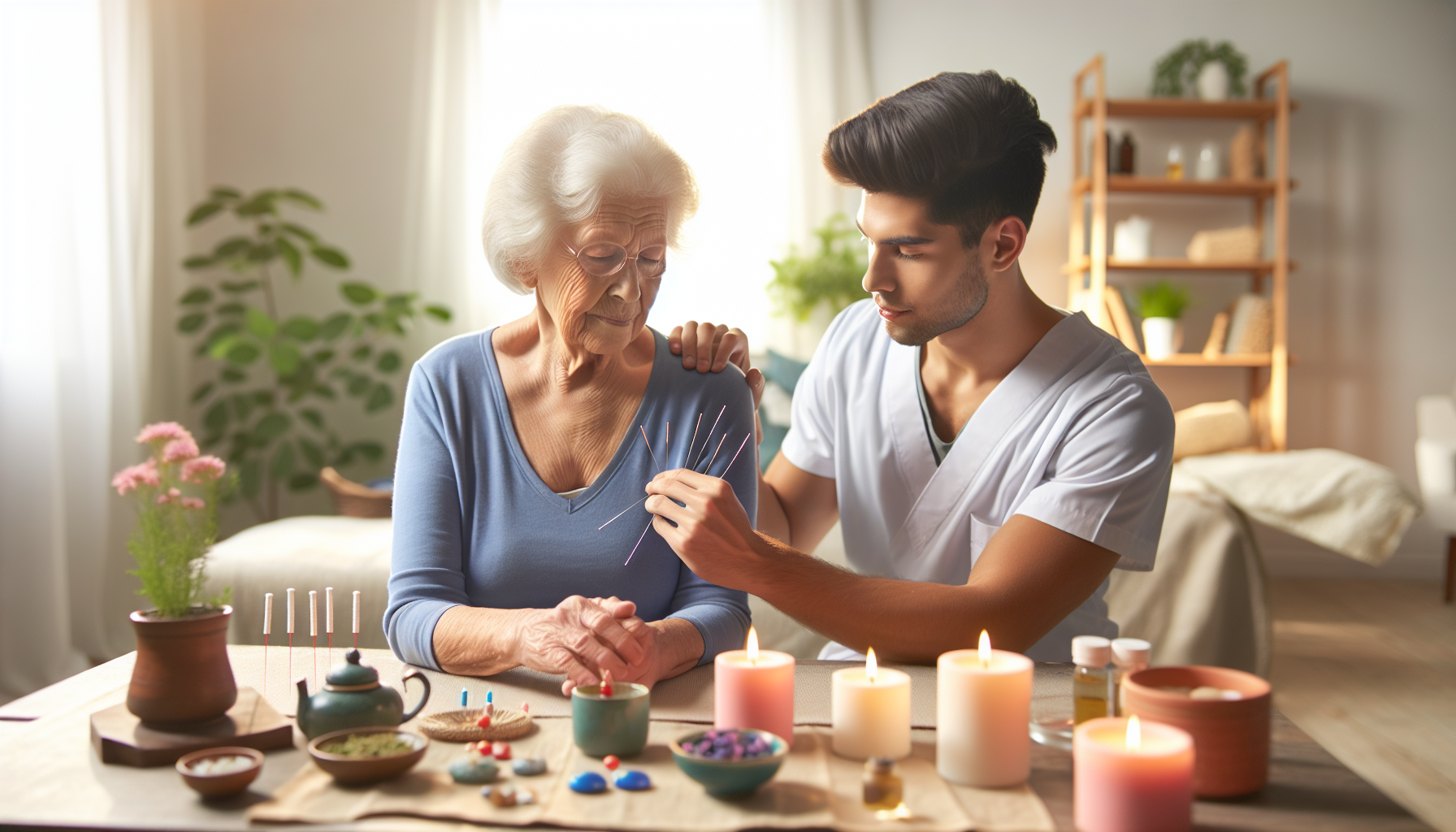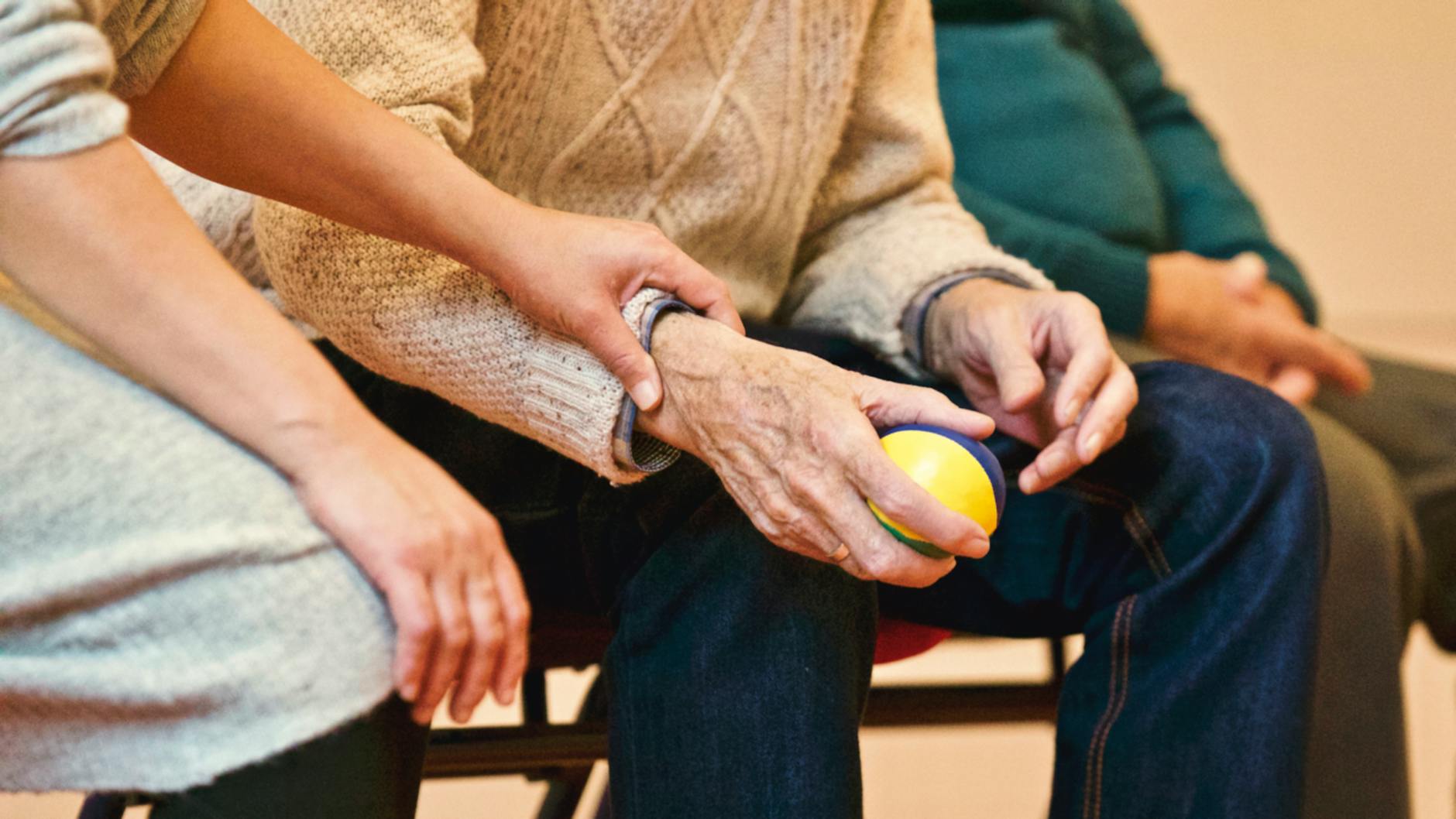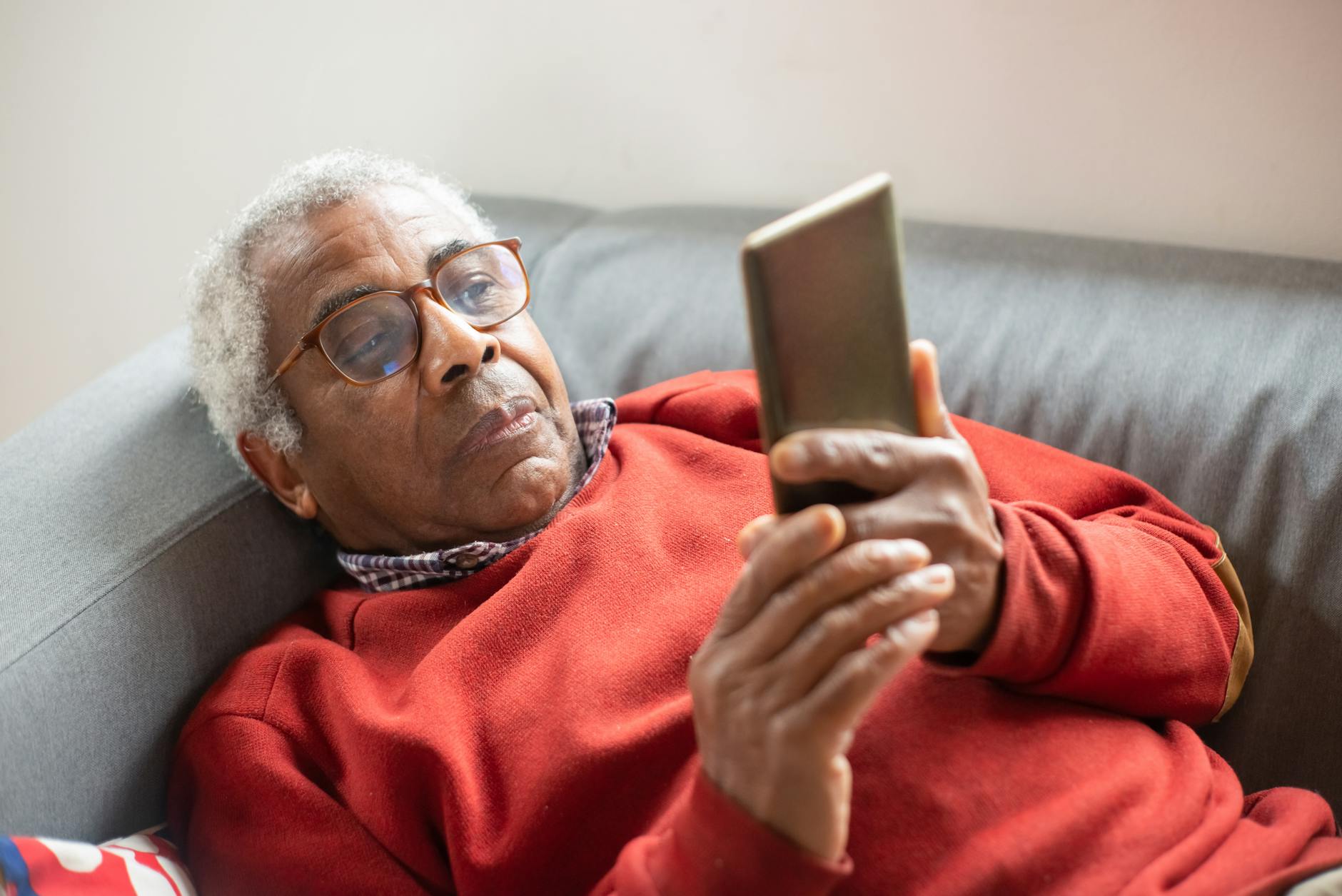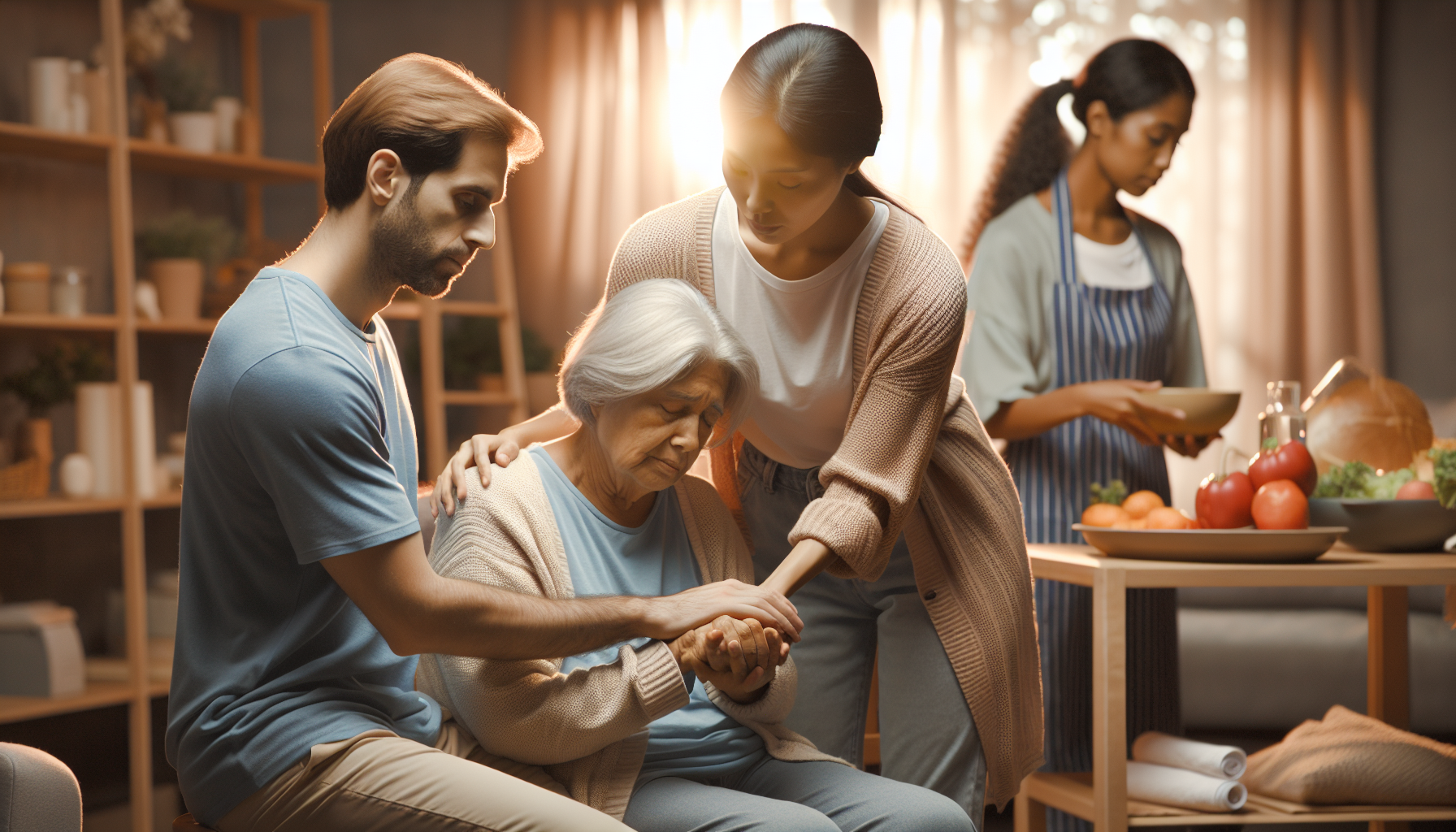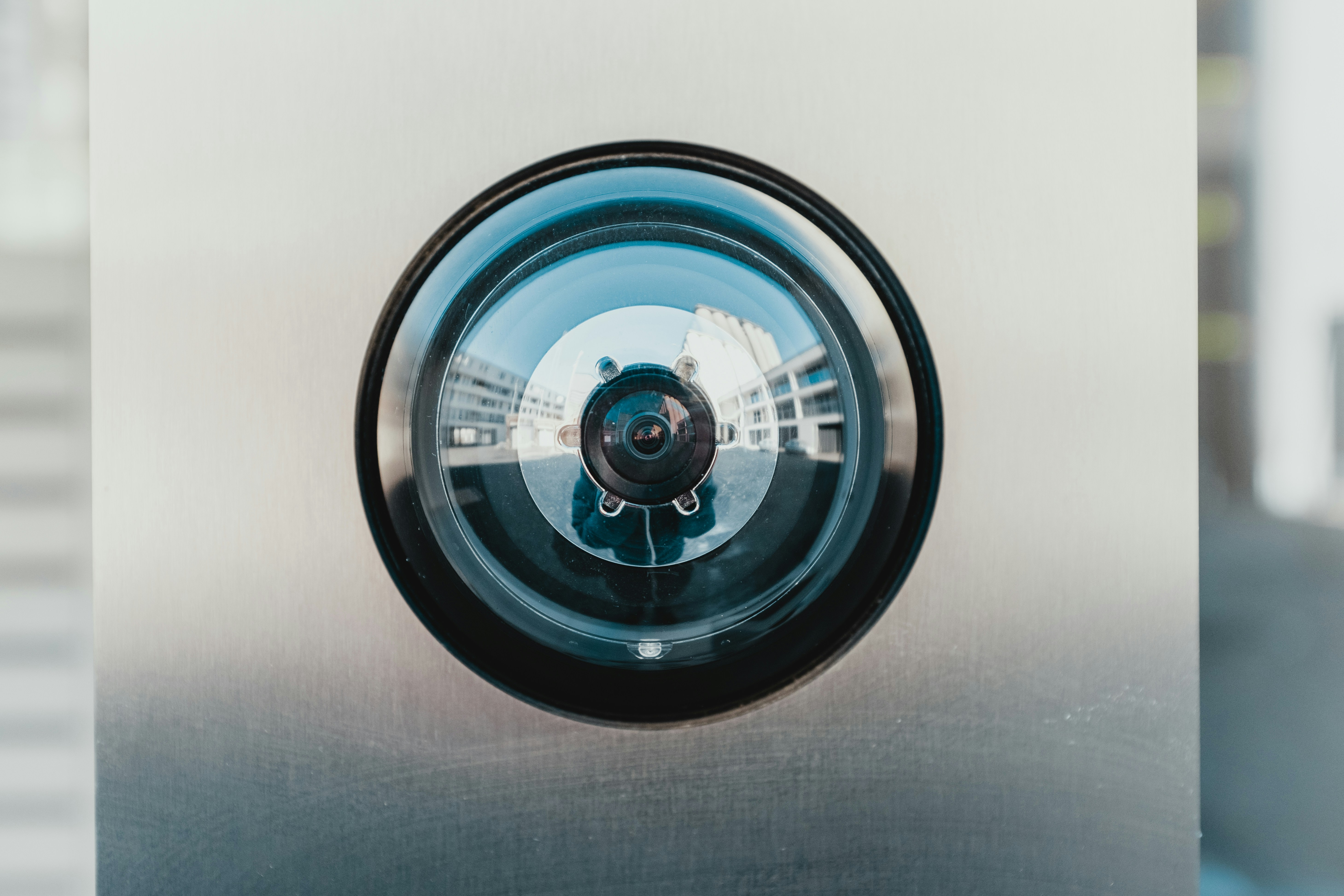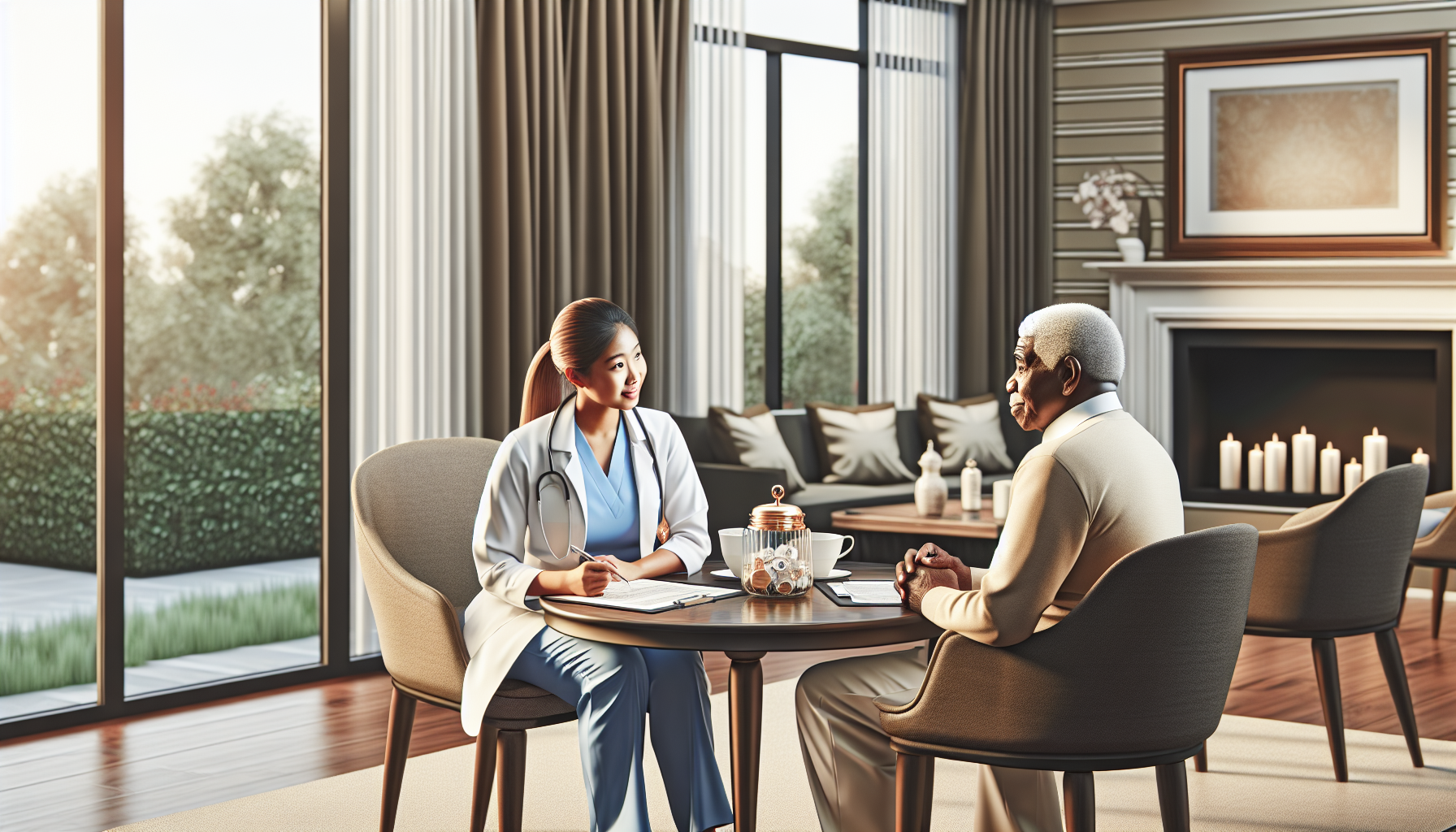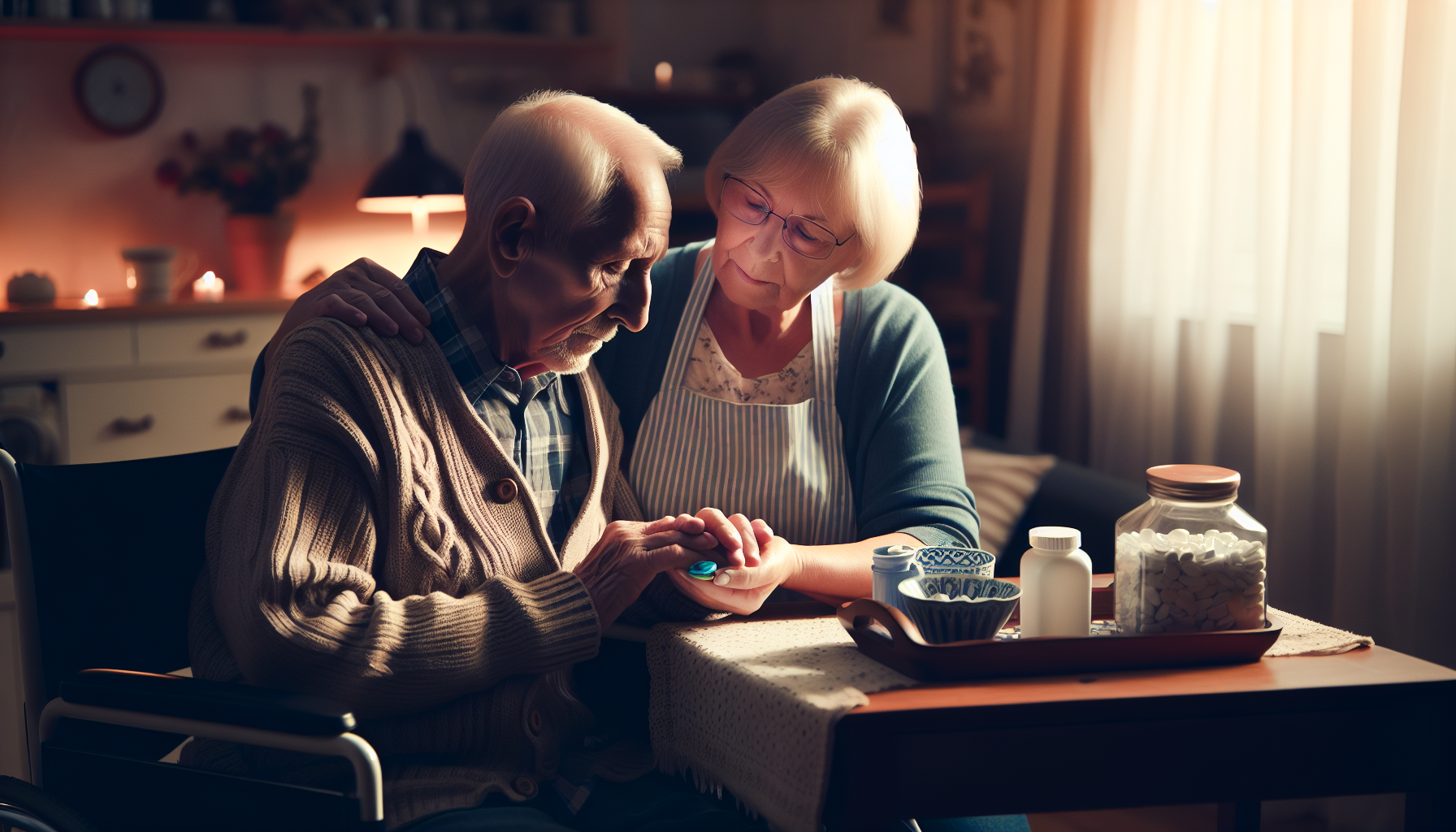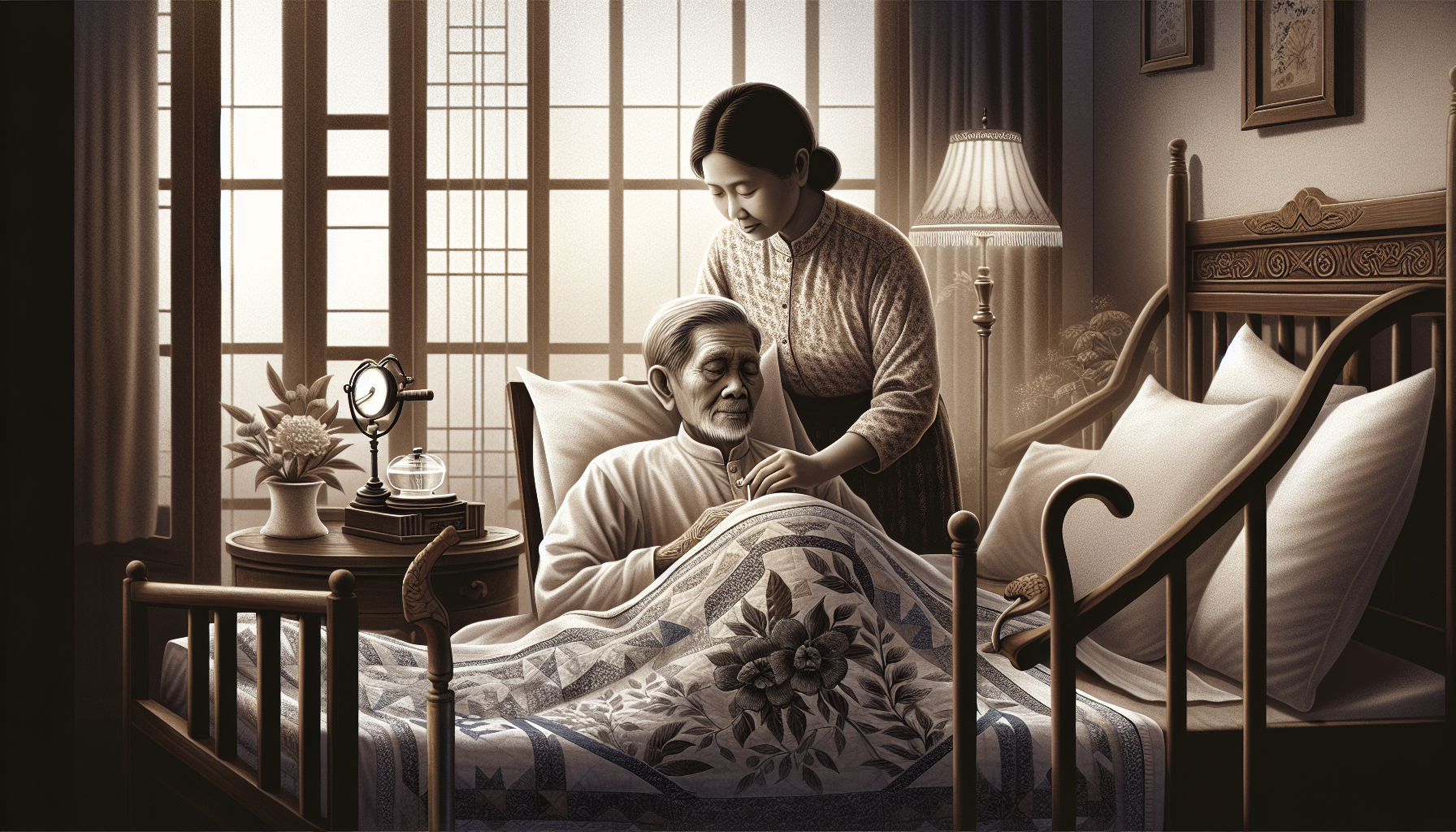Home Safety Evaluations in Private Pay Home Care
Discover the importance of home safety evaluations in private pay home care.

Ensuring Home Safety
When it comes to providing home health care, ensuring the safety of both caregivers and patients is of utmost importance. There are specific risks associated with providing care in a home setting, and proper training is essential to maintain a safe environment.
Risks in Home Health Care
Home health care workers face specific safety risks while providing care. These risks can include musculoskeletal injuries from lifting and transferring patients, exposure to infections, and potential workplace violence [1]. It is important to be aware of these risks and take appropriate measures to mitigate them.
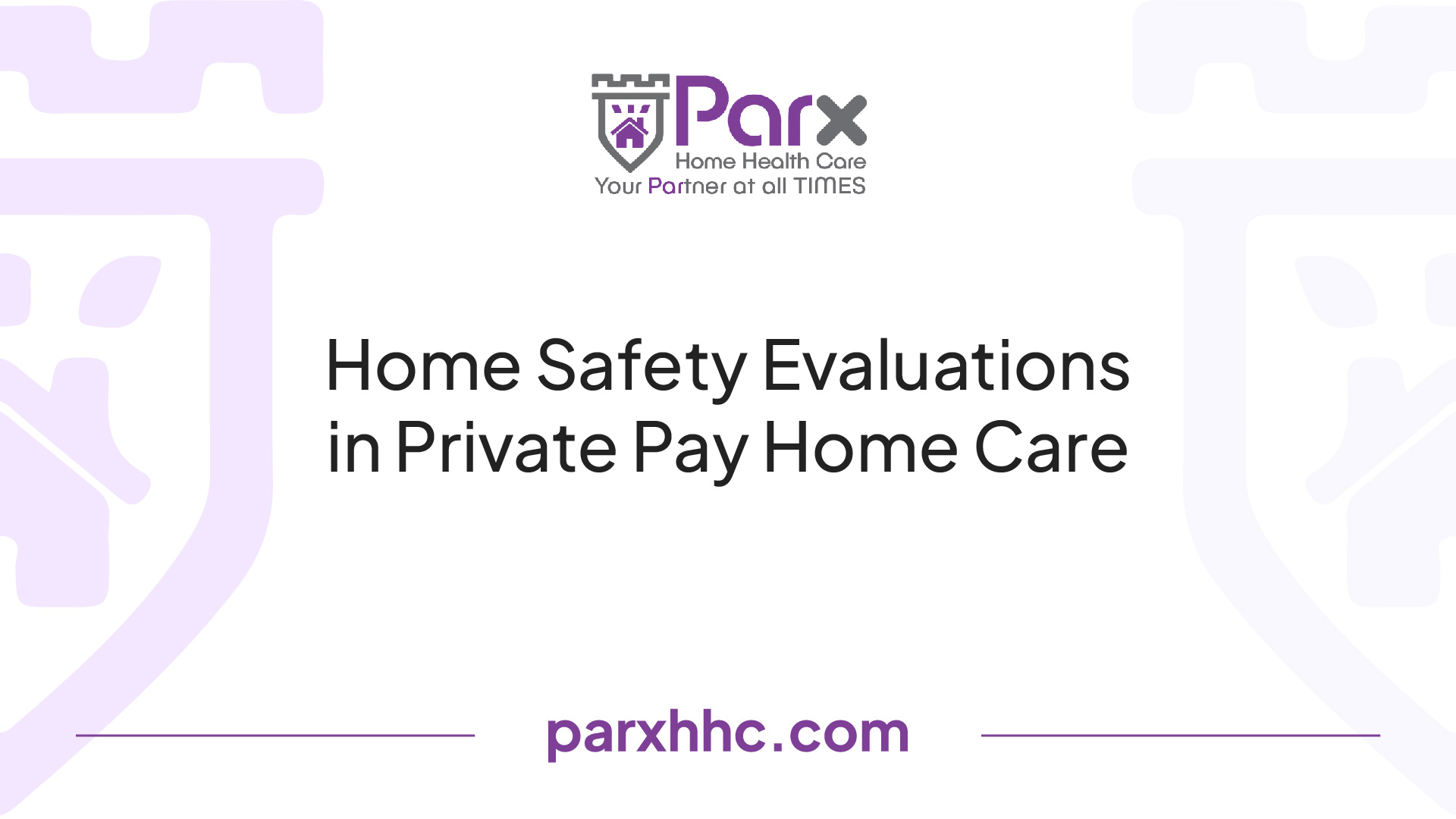
Training for Safe Care Provision
Proper training is crucial for both family members and home health care workers to ensure safe care provision. Training should cover a range of topics, including patient transfer techniques, proper usage of medical equipment, infection control measures, and emergency protocols. By equipping caregivers with the necessary knowledge and skills, the risk of accidents and injuries can be significantly reduced.
In addition to physical safety, training should also address workplace violence prevention and de-escalation techniques, as home health care workers may encounter challenging situations in the course of their work. By providing caregivers with the tools to handle these situations effectively, a safer environment can be maintained for both the caregiver and the patient.
Caregivers should receive training in safe patient handling and transferring techniques, especially when caring for patients with mobility issues. This helps prevent accidents and injuries during daily activities such as transferring from the bed to a chair or assisting with mobility. Proper techniques and equipment can make a significant difference in ensuring the safety and well-being of both the caregiver and the patient.
In conclusion, ensuring home safety in the context of home health care requires an understanding of the specific risks involved and proper training for caregivers. By addressing these risks and providing comprehensive training, a safe environment can be established for both caregivers and patients.
Importance of Home Care Evaluation
When it comes to private pay home care, conducting thorough evaluations is of utmost importance. These in-home assessments serve a crucial purpose in ensuring the safety and well-being of the individuals receiving care. Additionally, ongoing training for caregivers plays a vital role in providing high-quality and personalized care.
Purpose of In-Home Assessment
The primary purpose of an in-home assessment is to determine the specific needs of the person receiving care and to develop a detailed care plan tailored to those needs. During the assessment, a care coordinator or healthcare professional evaluates the individual's abilities, safety requirements, and overall condition [2]. This comprehensive evaluation helps to identify the level and type of care required, the number of hours of care needed, and the duration of care recommended.
By conducting a thorough assessment, caregivers can gain a holistic understanding of the individual's situation and develop a care plan that addresses their specific needs. It ensures that the care provided is personalized, efficient, and aligned with the individual's requirements and preferences.
Benefits of Ongoing Training
Proper training is essential for both family members and home health care workers to ensure the safety and well-being of the individuals under their care. Ongoing training provides caregivers with the necessary knowledge and skills to perform their duties effectively and safely.
Training programs cover various areas, including patient transfer techniques, medical equipment usage, infection control, and emergency protocols. Caregivers should also receive training on safe patient handling and transferring techniques, particularly for individuals with mobility issues, to prevent accidents and injuries. Additionally, training on workplace violence prevention and de-escalation techniques equips home health care workers to handle challenging situations.
Ongoing training not only ensures the safety of the individuals receiving care but also enables caregivers to expand their skills and provide the best possible care for their clients [3]. By staying up-to-date with the latest caregiving techniques and best practices, caregivers can enhance their ability to meet the unique needs of each individual and promote their overall well-being.
In conclusion, home care evaluations and ongoing training are essential components of private pay home care. In-home assessments enable caregivers to develop customized care plans that address the specific needs of the individuals they serve. Ongoing training empowers caregivers with the knowledge and skills needed to provide safe and high-quality care. By prioritizing these evaluations and training programs, caregivers can ensure the well-being and satisfaction of those under their care.
Customized Care Plans
In private pay home care, providing personalized and tailored care is essential to meet the unique needs of each individual. Customized care plans take into account the specific requirements, preferences, and circumstances of the senior patient. This approach ensures that they receive the best possible care and support to enhance their well-being and quality of life.
Tailoring Care to Individual Needs
When developing a customized care plan, caregivers consider a variety of factors to tailor their approach to the individual's needs. These factors may include the patient's health condition, level of mobility, cognitive abilities, and personal preferences. By understanding these aspects, caregivers can create a care plan that addresses the specific challenges and requirements of the senior patient.
For example, if a senior patient requires assistance with mobility, caregivers must avoid pushing their limits during transfers and mobility assistance. Utilizing transfer aids when necessary can prevent personal harm and reduce the risk of patient injuries. By taking this personalized approach, caregivers can ensure that the senior patient receives the appropriate level of support while maintaining their dignity and independence.
Support for the Whole Person
In private pay home care, the focus extends beyond medical conditions alone. The primary goal is to support the whole person, taking into account their physical, emotional, and social well-being. This holistic approach recognizes that the senior patient's overall quality of life is influenced by various factors, including their social connections, mental well-being, and personal preferences.
By addressing the whole person, caregivers create a care plan that not only attends to the medical needs of the senior patient but also promotes their overall happiness and fulfillment. This approach may involve incorporating activities that the individual enjoys, fostering social interactions, and providing emotional support.
The organization of Homewatch CareGivers is one example of a provider dedicated to supporting the whole person and not just their medical conditions. By including these elements in the care plan, caregivers can make a positive impact on the senior patient's overall well-being, helping them thrive in the comfort of their own home.
In conclusion, customized care plans in private pay home care involve tailoring care to the individual needs of senior patients. This personalized approach ensures that the care provided is specific to the unique requirements and circumstances of each individual. By addressing the whole person and not just their medical conditions, caregivers can enhance the overall well-being and quality of life of the senior patient.
Conducting Home Care Assessments
When it comes to providing high-quality home care, conducting thorough assessments is an essential step in understanding the needs and requirements of senior patients. These assessments help caregivers tailor their care plans to meet the unique needs of each individual. Let's explore the comprehensive assessment process and the delicate care concerns involved.
Comprehensive Assessment Process
A comprehensive assessment is typically the first step when an individual or their family contacts a home care agency. The purpose of this assessment is to determine the needs of the person receiving professional care, the type of care required, the number of hours needed, and the duration of care to recommend [3]. The assessment process involves gathering information about the client's medical history, functional abilities, and personal preferences. This helps caregivers develop a customized care plan that addresses the specific needs of the individual.
During the assessment, a licensed home care agency like Homewatch CareGivers conducts a thorough evaluation of the client's physical and cognitive health, as well as their social and emotional well-being. The caregiver may also evaluate the client's living environment to identify any potential safety risks or hazards that need to be addressed. This comprehensive assessment allows caregivers to gain a holistic understanding of the client's needs and develop a personalized care plan to maximize their quality of life.
Delicate Care Concerns
While conducting home care assessments, caregivers must approach certain care concerns with sensitivity and empathy. Many senior individuals may be dealing with age-related or chronic illnesses that require delicate care. They may have concerns about their independence, privacy, and dignity. Caregivers should create a safe and comfortable environment for open communication, allowing clients to express their needs, preferences, and concerns.
During the assessment process, caregivers need to address delicate issues such as personal care, medication management, mobility assistance, and emotional support. Developing a trusting relationship with the client is crucial to ensure that their care needs are met with compassion and respect.
By recognizing and addressing these delicate care concerns, caregivers can provide the highest level of care and support to senior individuals. Open communication, empathy, and understanding are key to creating a positive and nurturing environment for the client.
To schedule an in-home evaluation with Homewatch CareGivers, individuals can call 888-404-5191 or contact them online. Their dedicated team of professionals will guide you through the assessment process and develop a personalized care plan tailored to meet your needs and preferences.
The Role of Home Safety Evaluations
Home safety evaluations play a crucial role in ensuring the well-being and security of seniors in private pay home care. These evaluations focus on enhancing home safety for older adults by addressing specific risks that may pose a threat to their health and safety.
Enhancing Home Safety for Seniors
For older adults, the home is not just a place to live but also a sanctuary where they want to receive care and age in place comfortably [4]. Home safety evaluations are designed to create a safe living environment that promotes independence and reduces the risk of accidents and injuries.
Falls are a leading concern for older adults and their caregivers [4]. Conducting a home safety evaluation helps identify potential hazards such as loose rugs, inadequate lighting, or cluttered pathways that may increase the risk of falls. By addressing these concerns, caregivers can create a safer space for seniors to move around with confidence and maintain their mobility.
Incontinence is another common condition affecting many older adults [4]. Home safety evaluations in private pay home care may include addressing issues related to incontinence, such as providing appropriate bathroom aids and ensuring easy access to facilities. By addressing this specific risk, caregivers can help maintain dignity and comfort for seniors while minimizing the risk of accidents or discomfort.
Addressing Specific Risks
Home safety evaluations go beyond general assessments and delve into identifying specific risks that may be unique to each individual. These evaluations take into account the physical and cognitive state, physical functioning, and available social support of the care recipient. By considering these factors, caregivers can identify possible safety hazards and minimize risks proactively.
By conducting a comprehensive home safety evaluation, caregivers can identify and address potential risks in areas such as:
Addressing these specific risks through home safety evaluations helps create a safer and more secure environment for seniors receiving private pay home care. By mitigating potential hazards and implementing preventive measures, caregivers can promote the well-being and independence of their care recipients, allowing them to age in place with confidence.
Remember, home safety evaluations are distinct from home care assessments, with the former focusing specifically on identifying risk hazards in the environment. By conducting these evaluations, caregivers can ensure that the care recipient's home is a safe and comfortable place where they can receive the care they need while maintaining their independence and quality of life.
Aging in Place Considerations
For many older adults, the desire to remain in their own homes as they age is strong. This concept, known as "aging in place," refers to the ability of an aging adult to continue living in their current residence despite changing functional abilities. Aging in place often requires necessary supportive services and home modifications to accommodate changing needs [5].
Supporting Independent Living
Supporting independent living is a key consideration when it comes to aging in place. It involves creating an environment that allows older adults to maintain their autonomy and carry out their daily activities with minimal assistance. By conducting a home safety evaluation in private pay home care, caregivers can ensure that the care recipient can age in place safely and comfortably.
A home safety evaluation assesses the living space for potential hazards and identifies areas that may require modifications to enhance safety. This evaluation takes into account factors such as accessibility, fall risks, and potential dangers that may be present in the home environment. By addressing these concerns, caregivers can provide the necessary support to help older adults maintain their independence and quality of life.
Necessary Supportive Services
As individuals age, they may require various supportive services to meet their changing needs. These services can range from assistance with activities of daily living (ADLs) to healthcare support. Some common supportive services include:
By integrating these supportive services into the home care plan, caregivers can help older adults maintain their independence and quality of life. It's important to tailor the services to the individual's specific needs and preferences, ensuring that they can age in place comfortably and with dignity.
Aging in place is a goal for many older adults, and home safety evaluations play a crucial role in making this goal a reality. By supporting independent living and providing necessary supportive services, caregivers can help older adults maintain their autonomy, safety, and overall well-being as they age in the familiar surroundings of their own homes.
References
[1]: https://helpandcomfort.com/home-care-safety/
[2]: https://www.visitingangels.com/knowledge-center/selecting-care/performing-a-home-care-assessment/42
[3]: https://www.homewatchcaregivers.com/blog/home-care/an-in-home-evaluation-what-to-expect/
[4]: https://agingtoday.com/home-care/assessment/
[5]: https://www.geriatricfastfacts.com/fast-facts/home-safety-evaluation-can-i-send-patient-home






